Czinger is not a new name in the car realm. Those of you who remember the 2015 Divergent Blade know it was conceived by Divergent Technologies, whose CEO and founder is Kevin Czinger, who is now also leading California’s Czinger Vehicles. Their first hypercar is called the 21C and it should have made a proper physical debut in Geneva, but it wasn’t meant to be. Still, the 21C is an amazing, forward-thinking hypercar and we’re here to get you up to speed with it.
2021 Czinger 21C


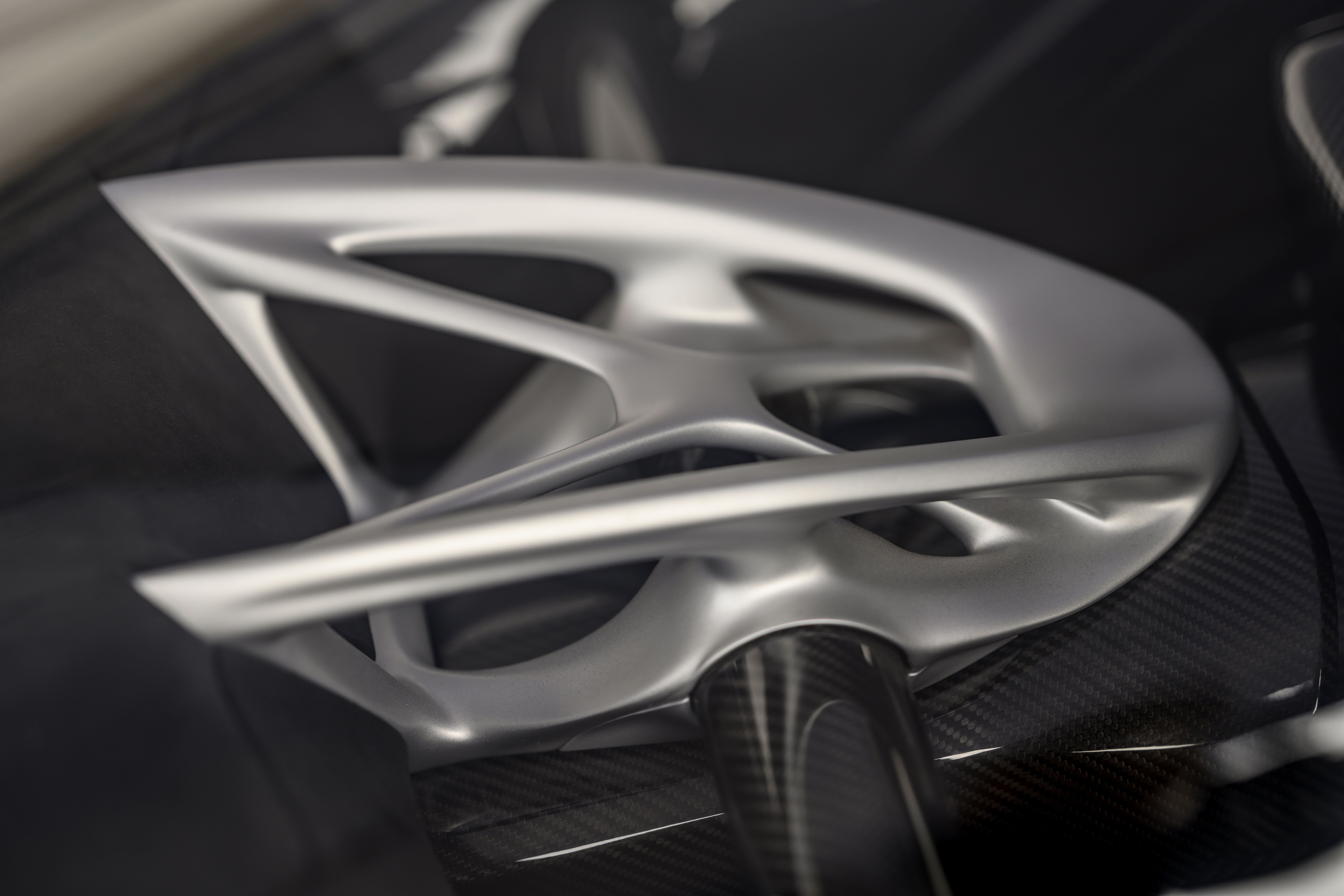
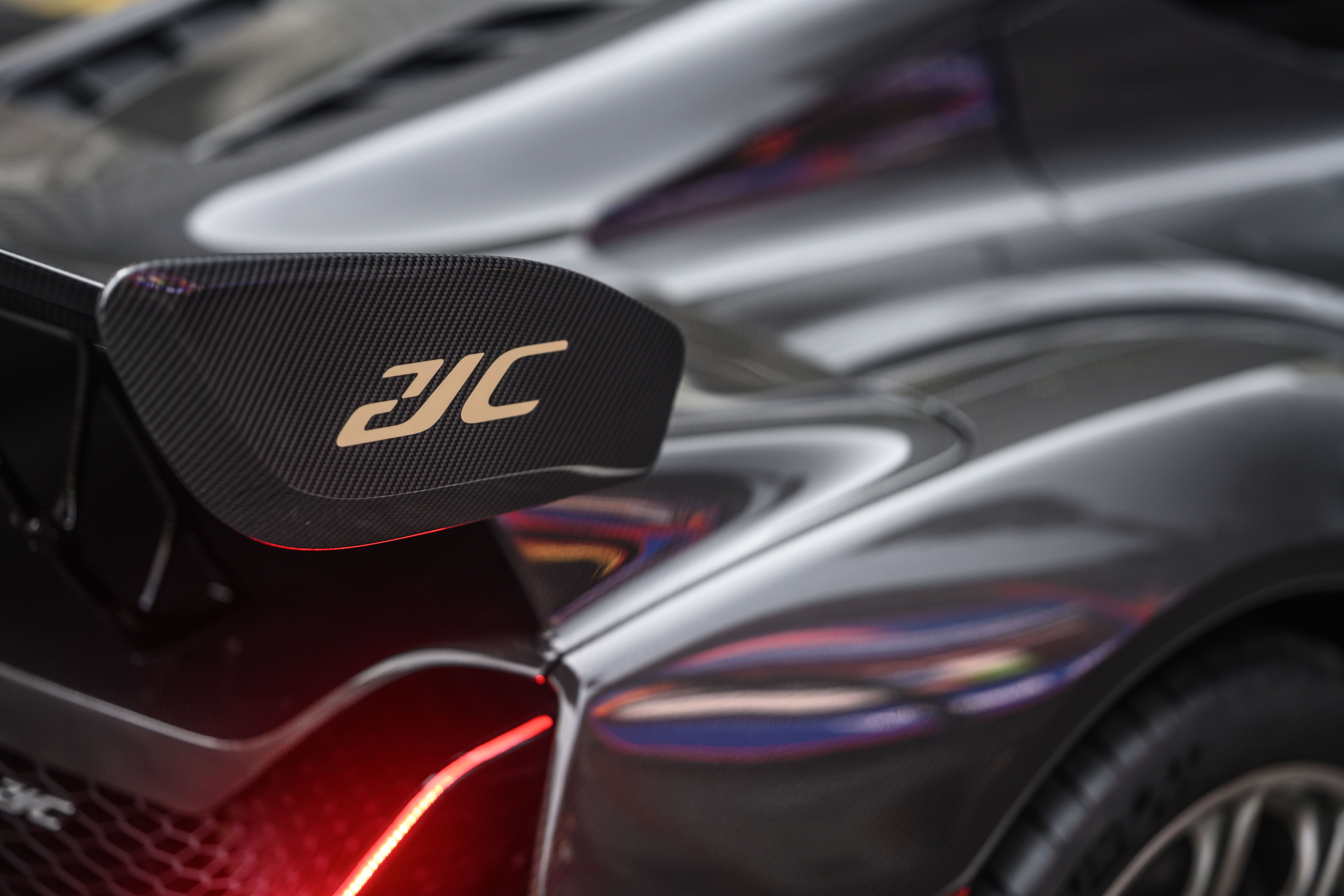
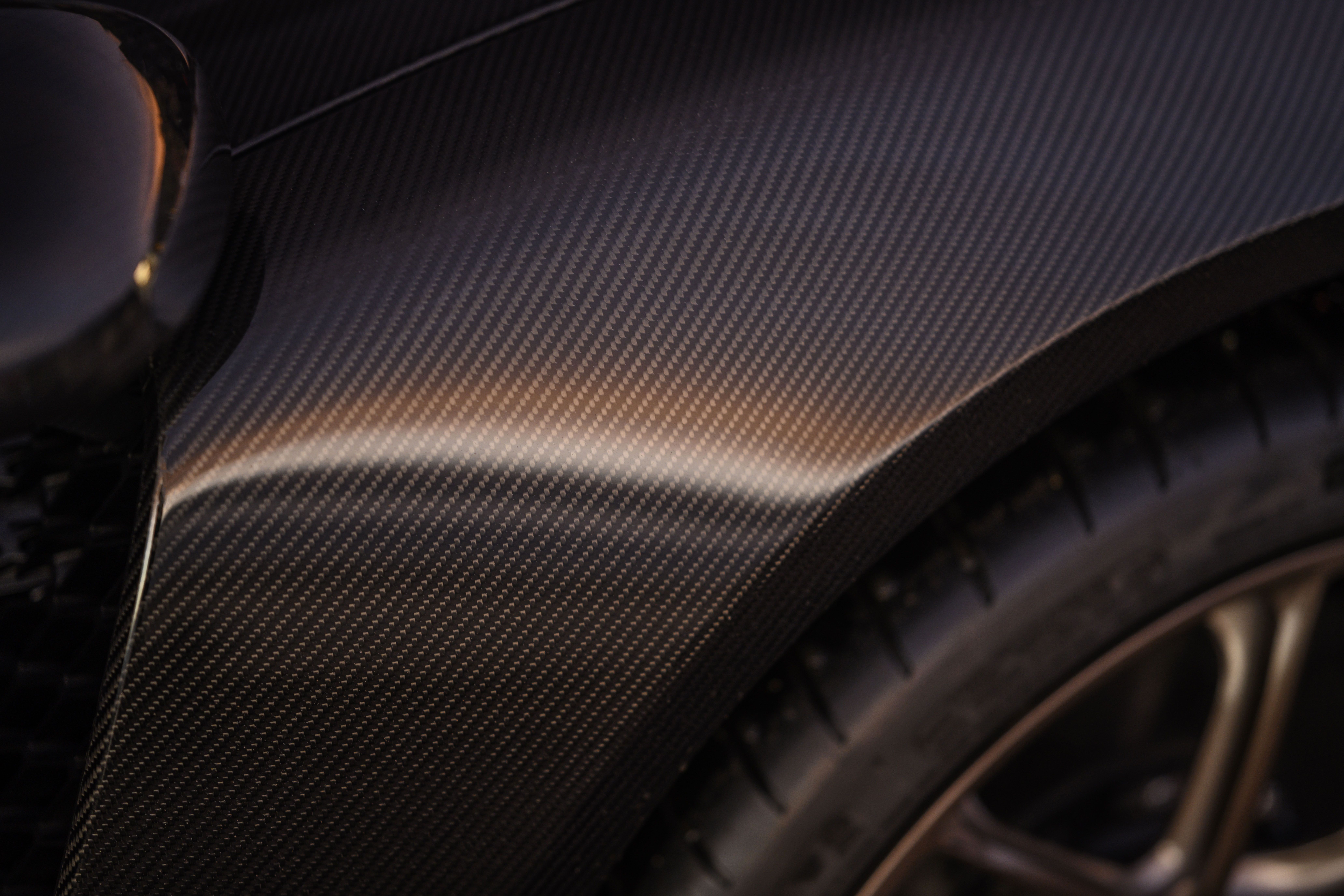
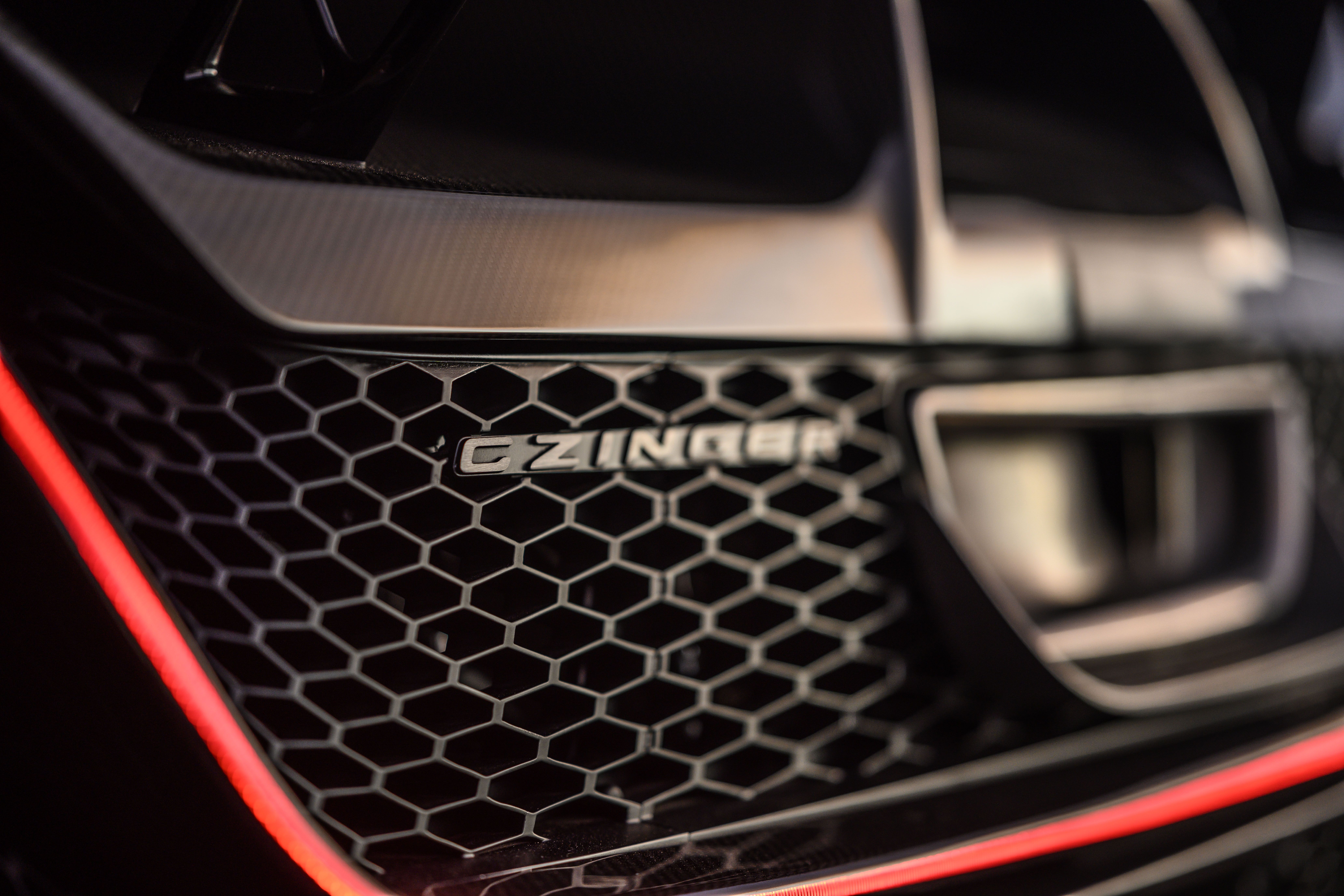
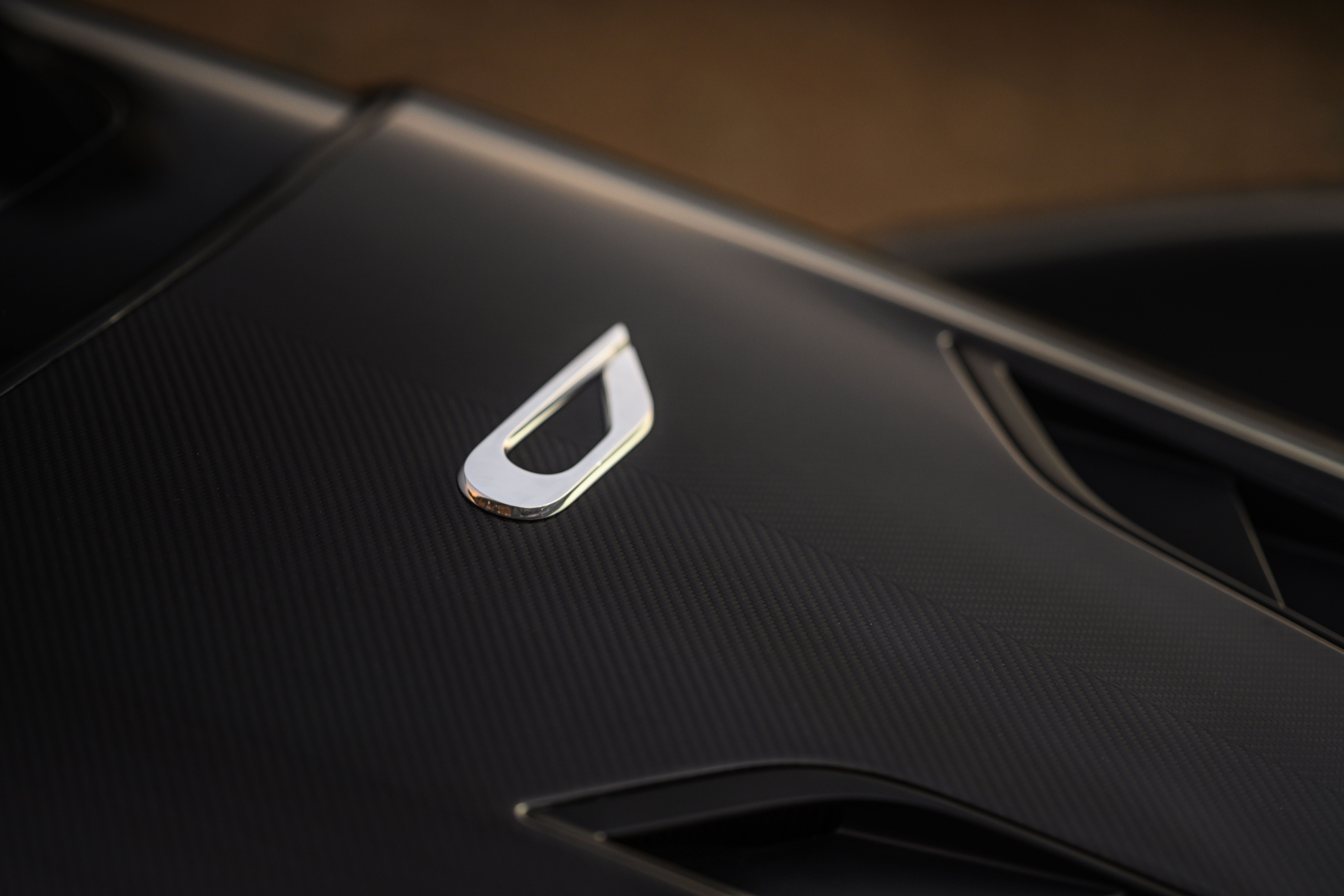
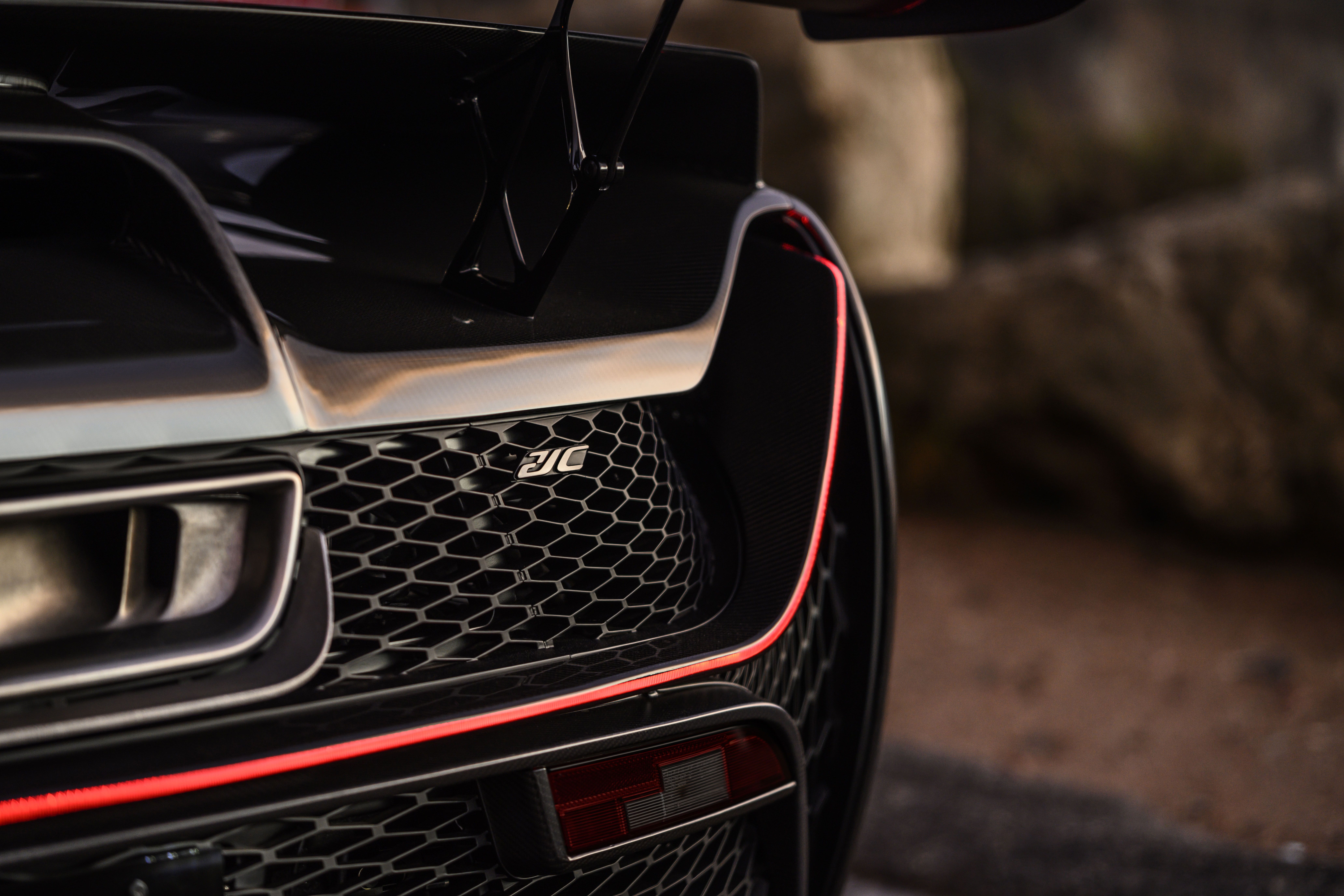
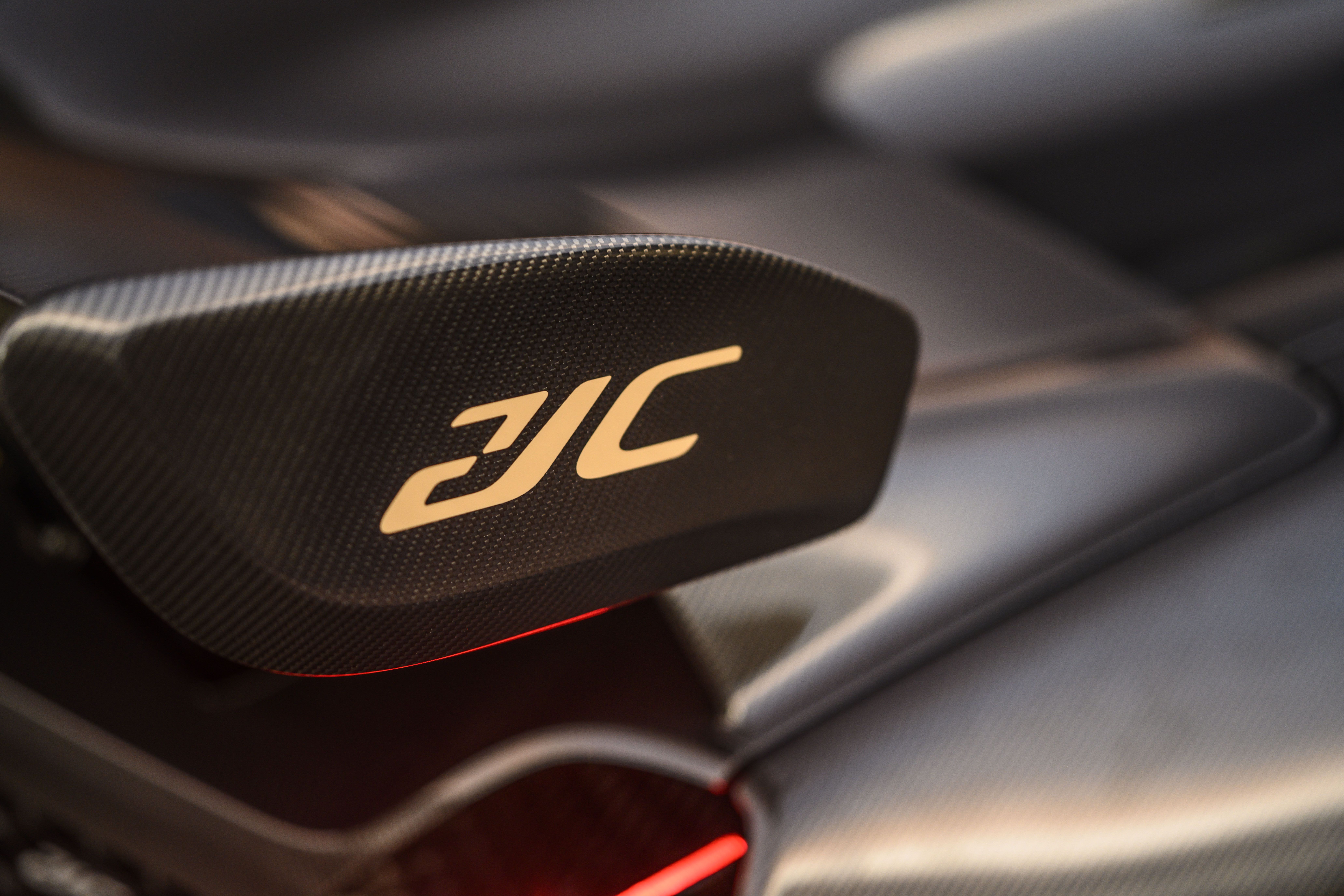
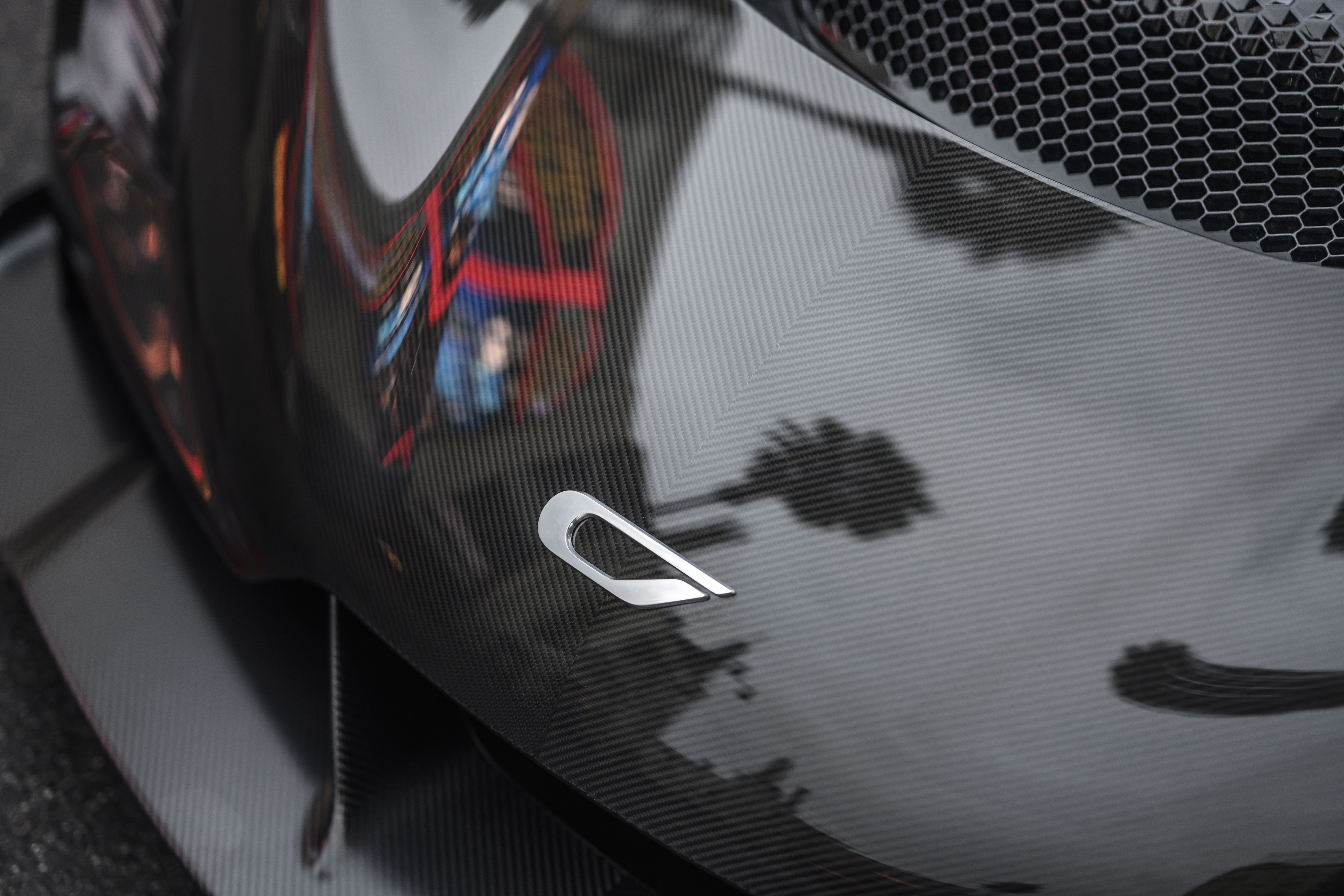
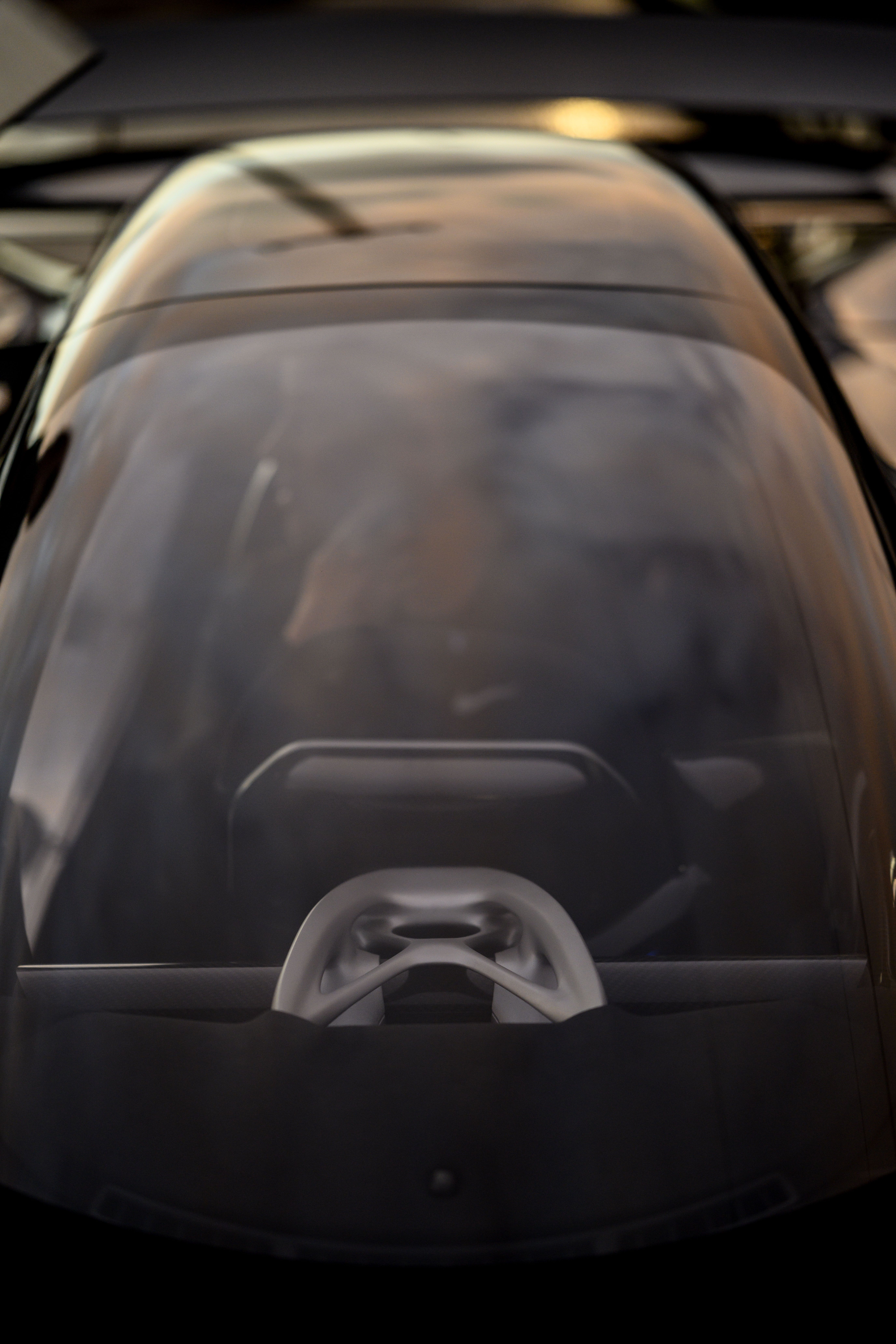
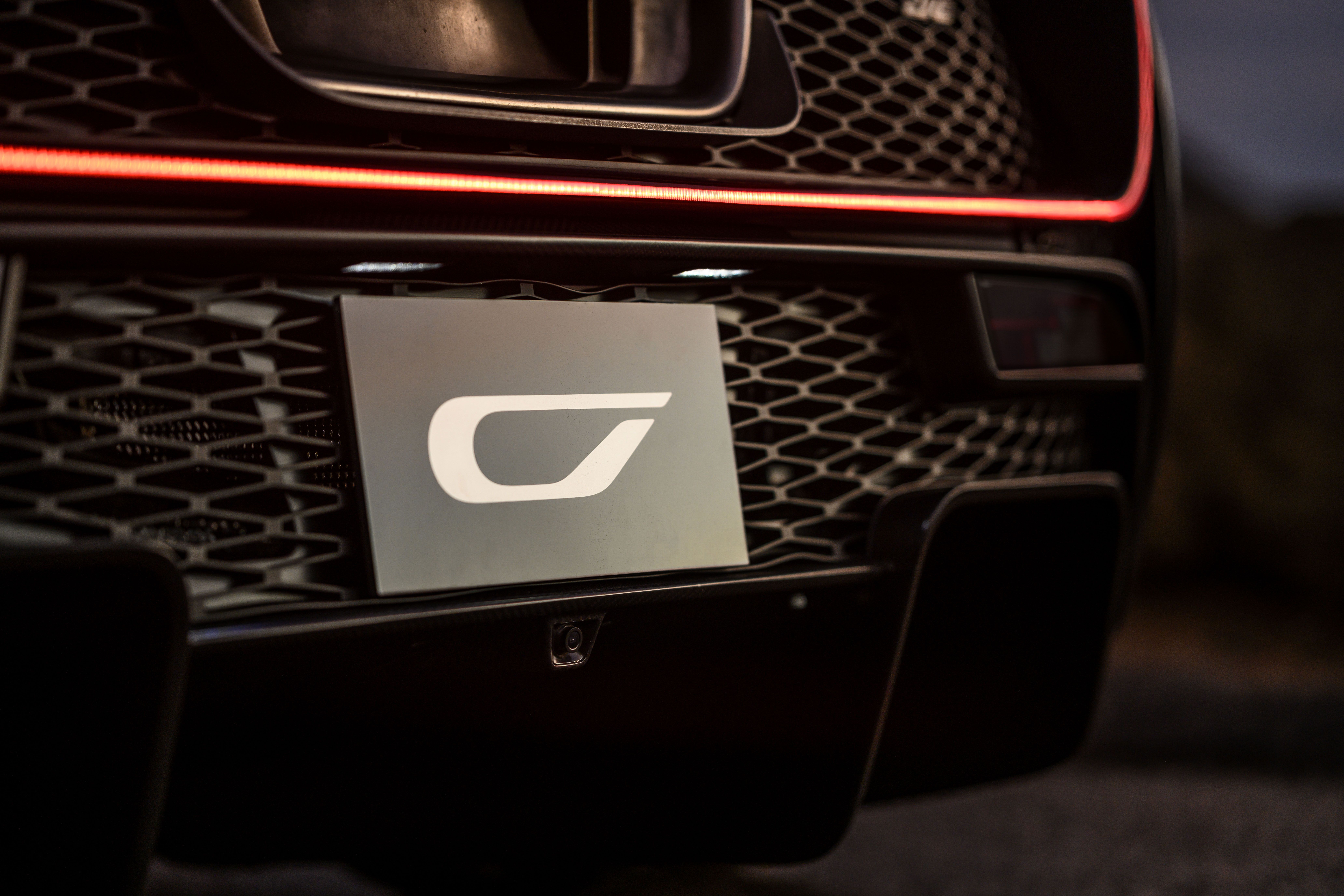
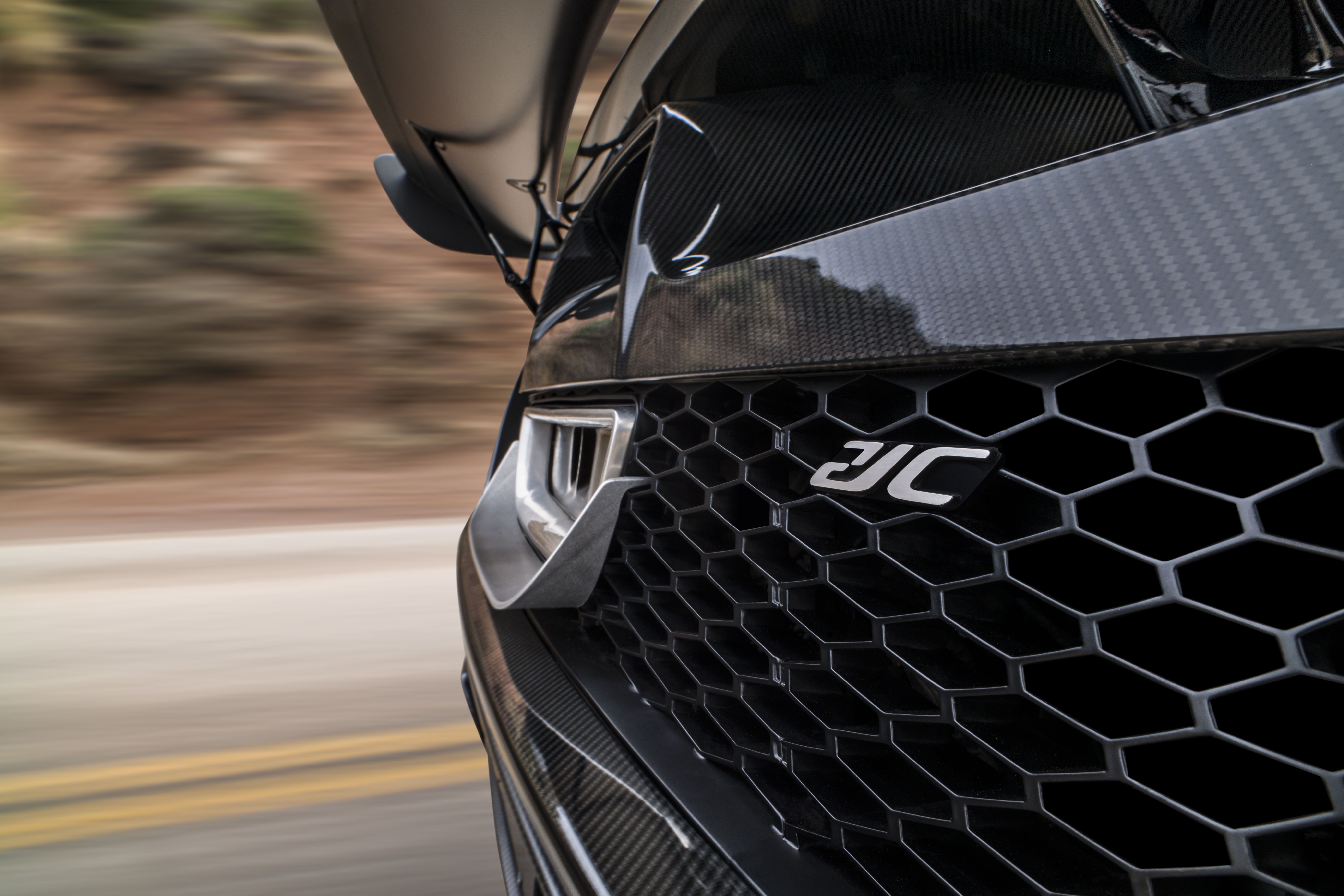
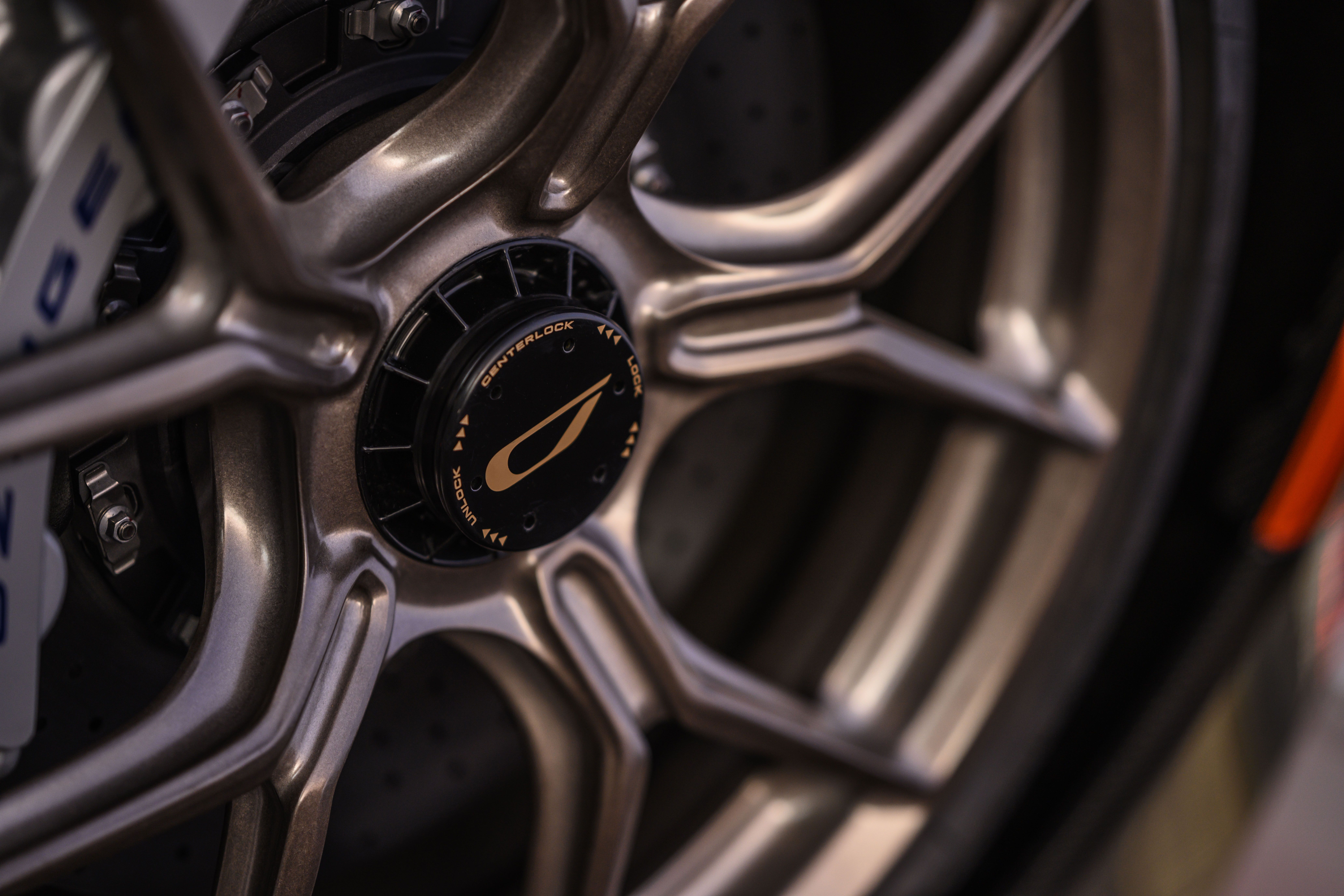
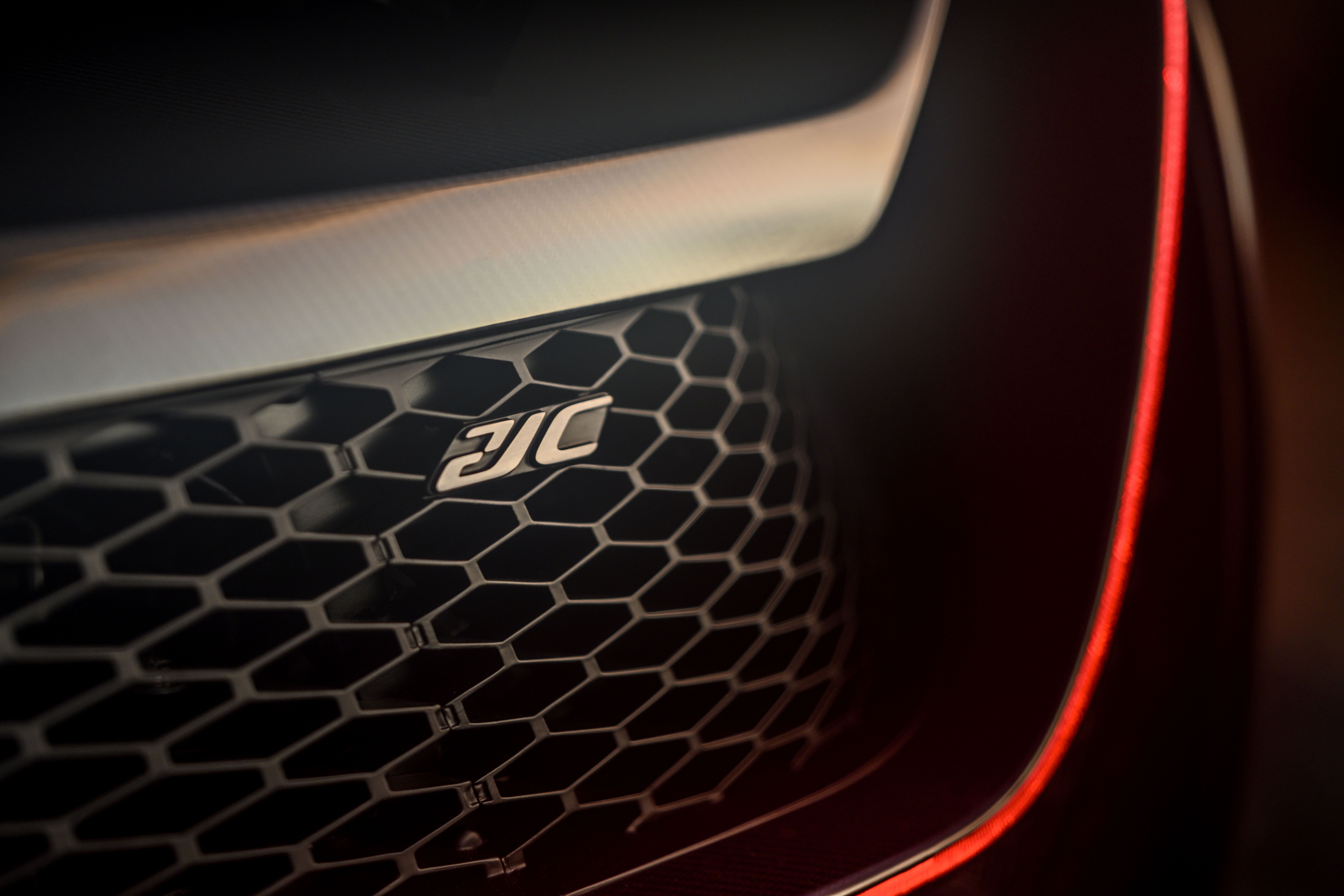
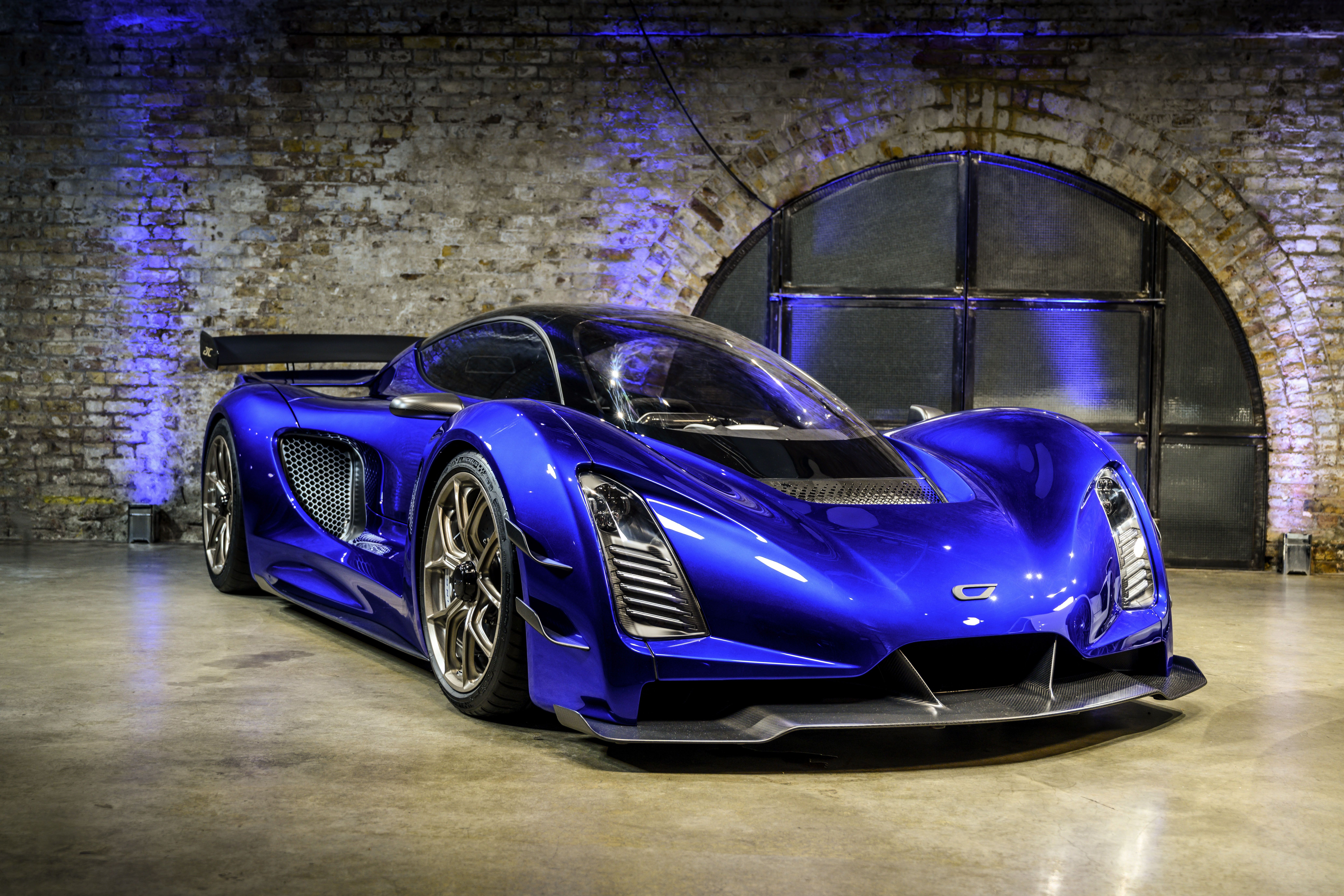
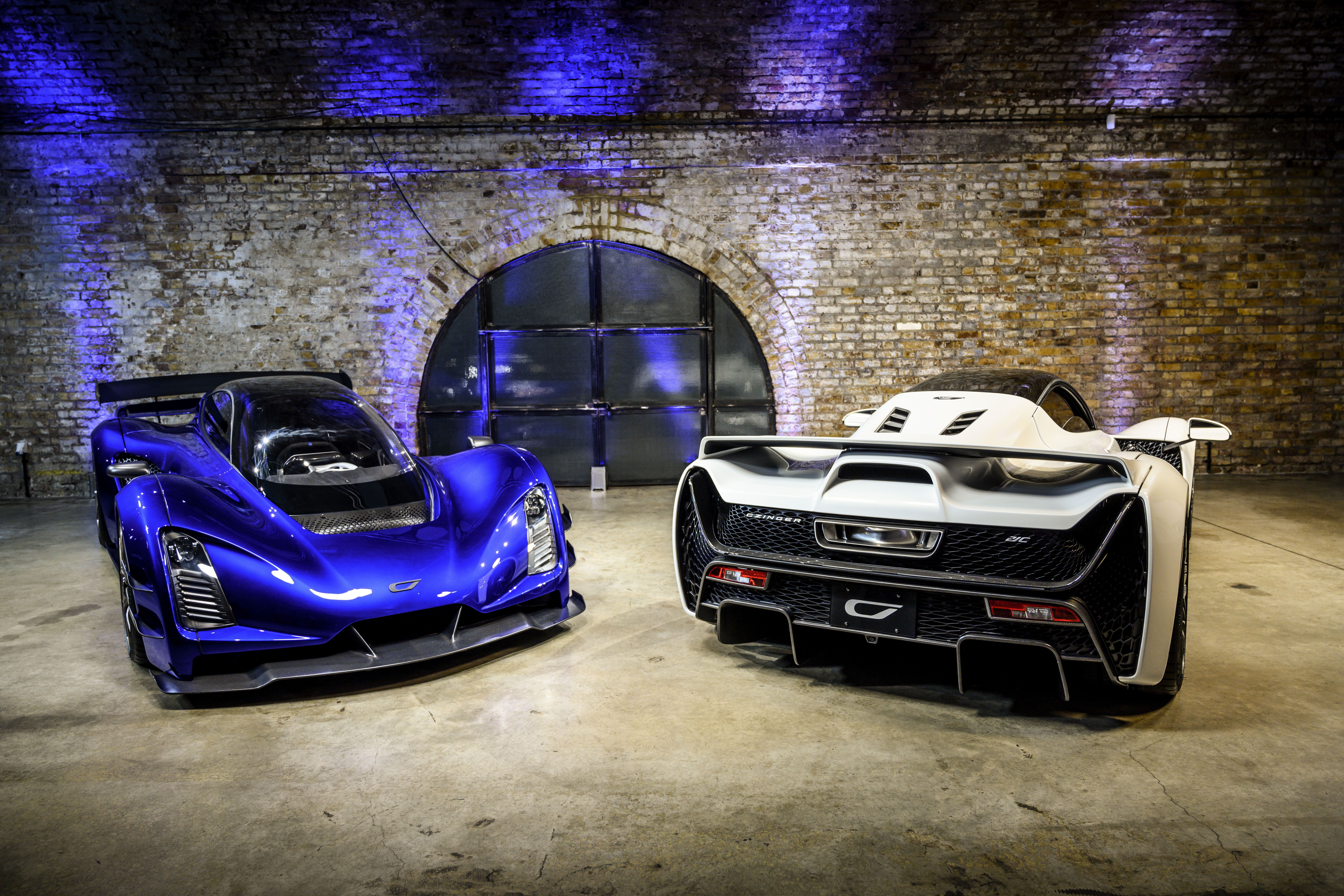

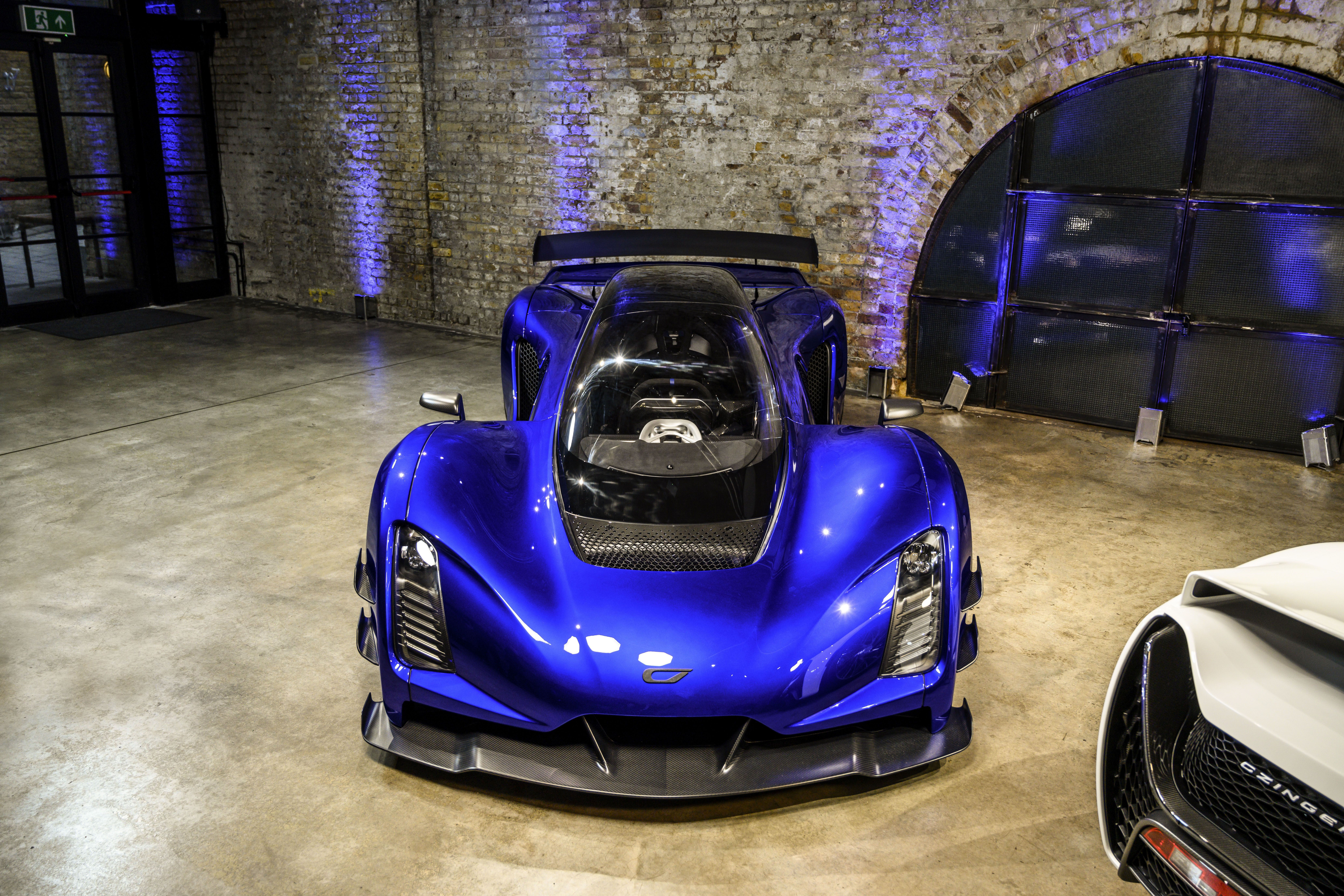

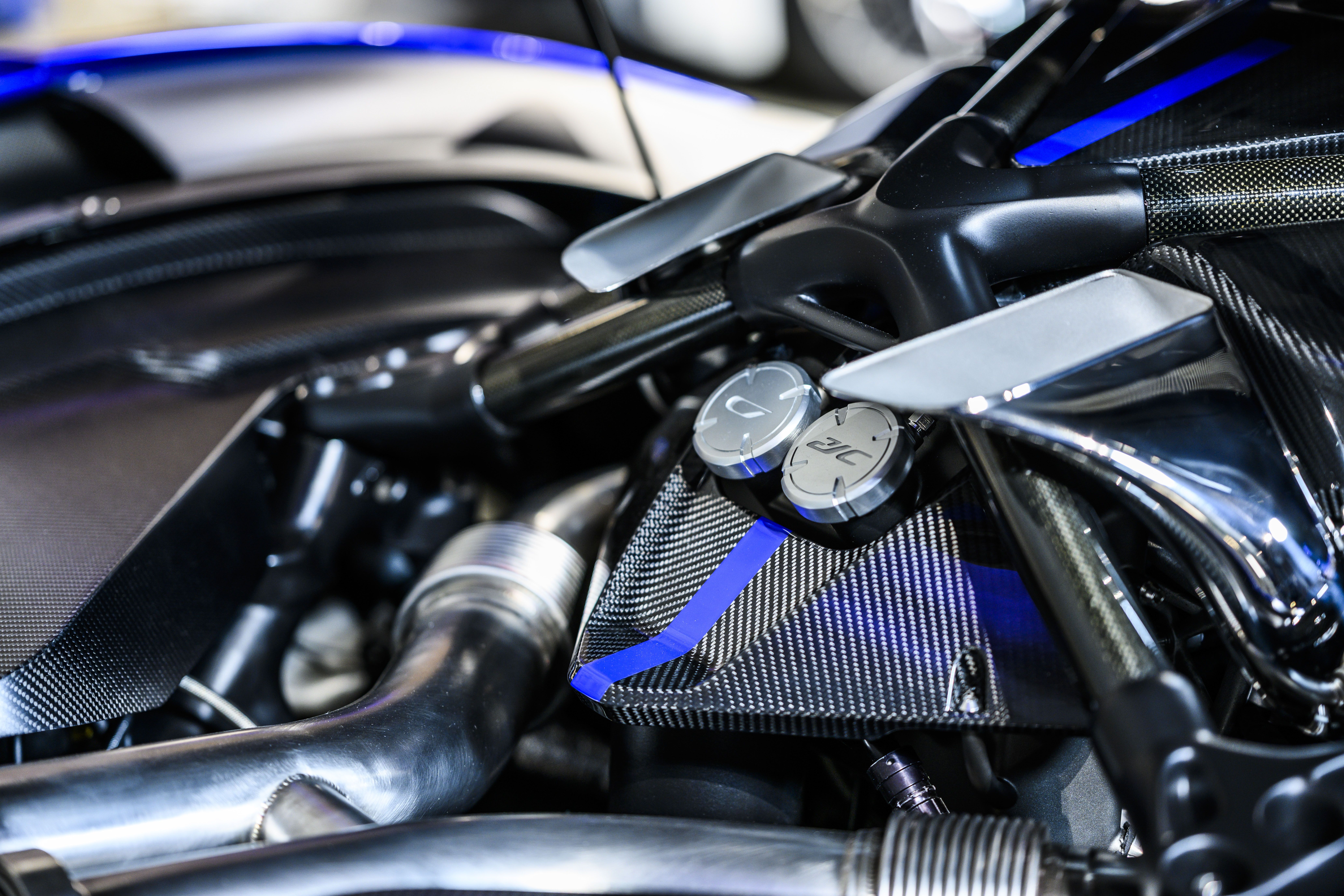

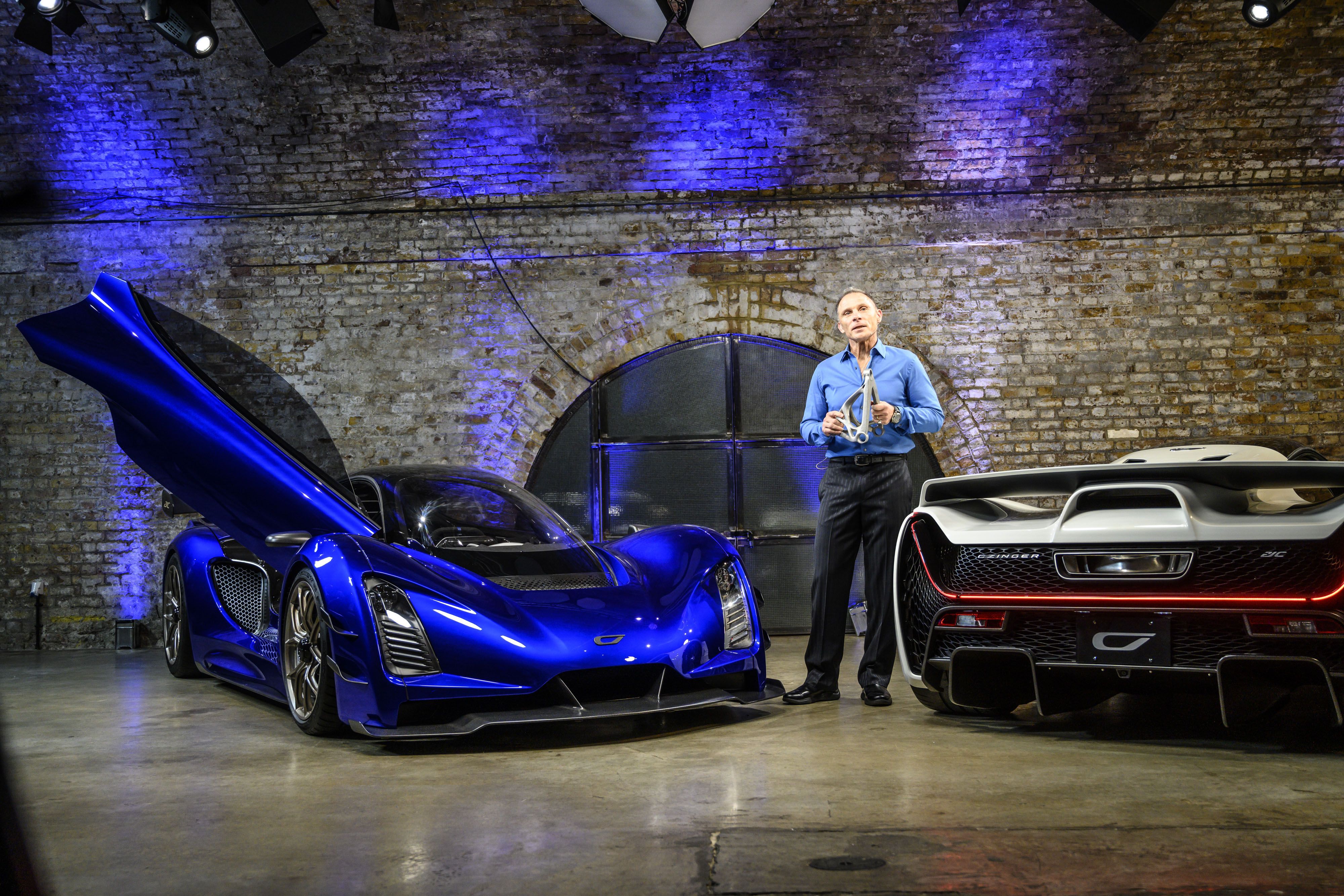
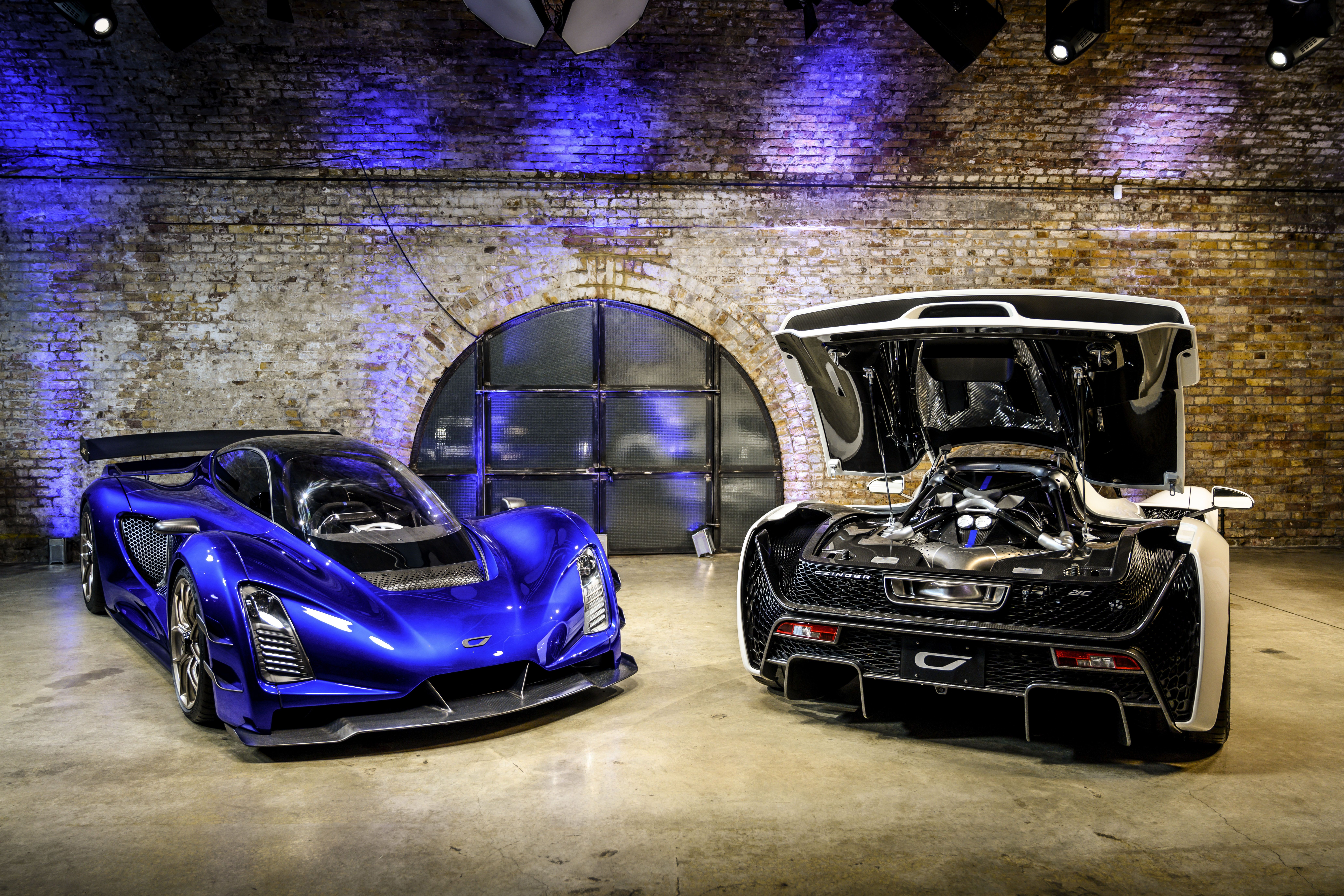
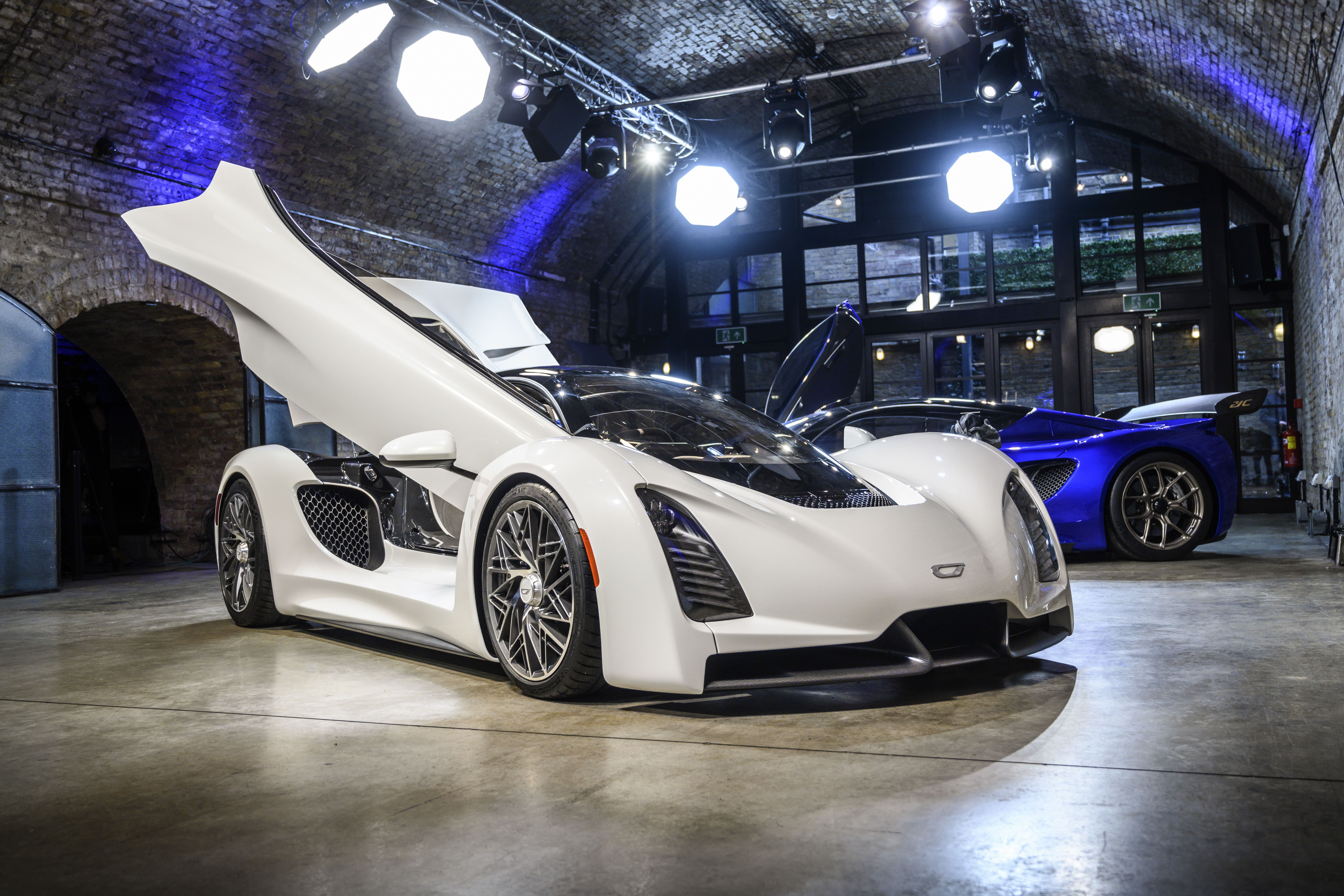
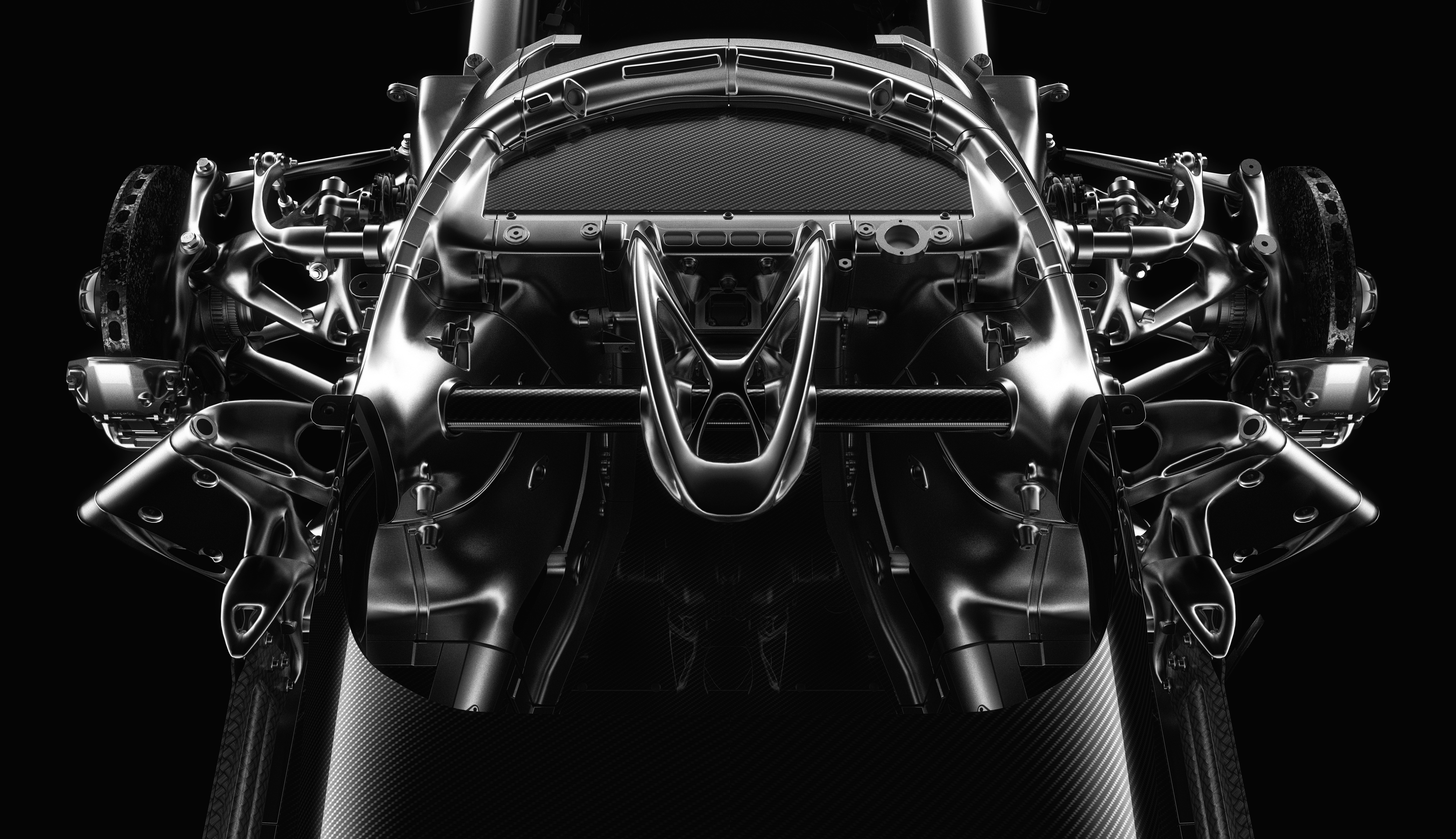
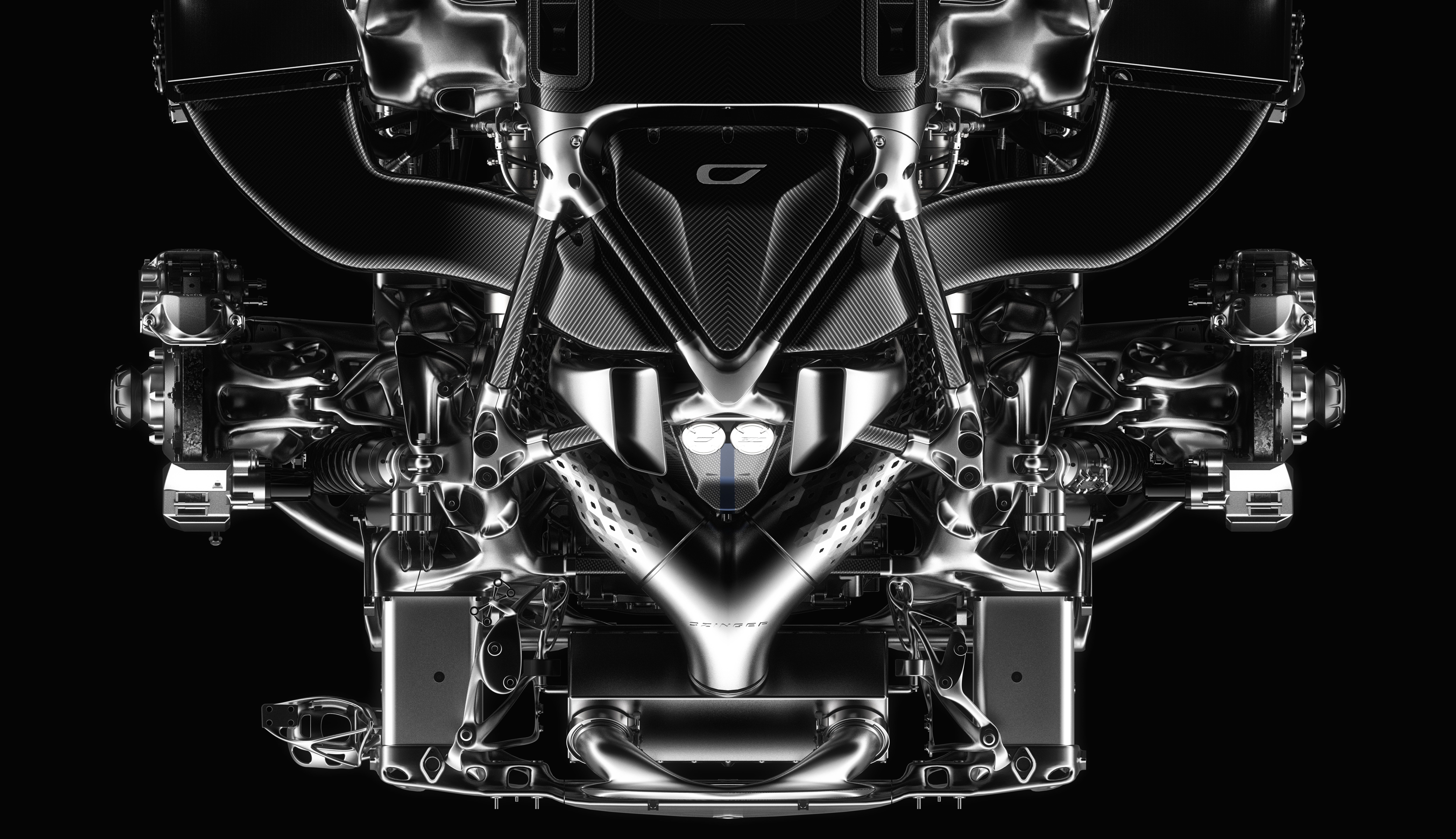
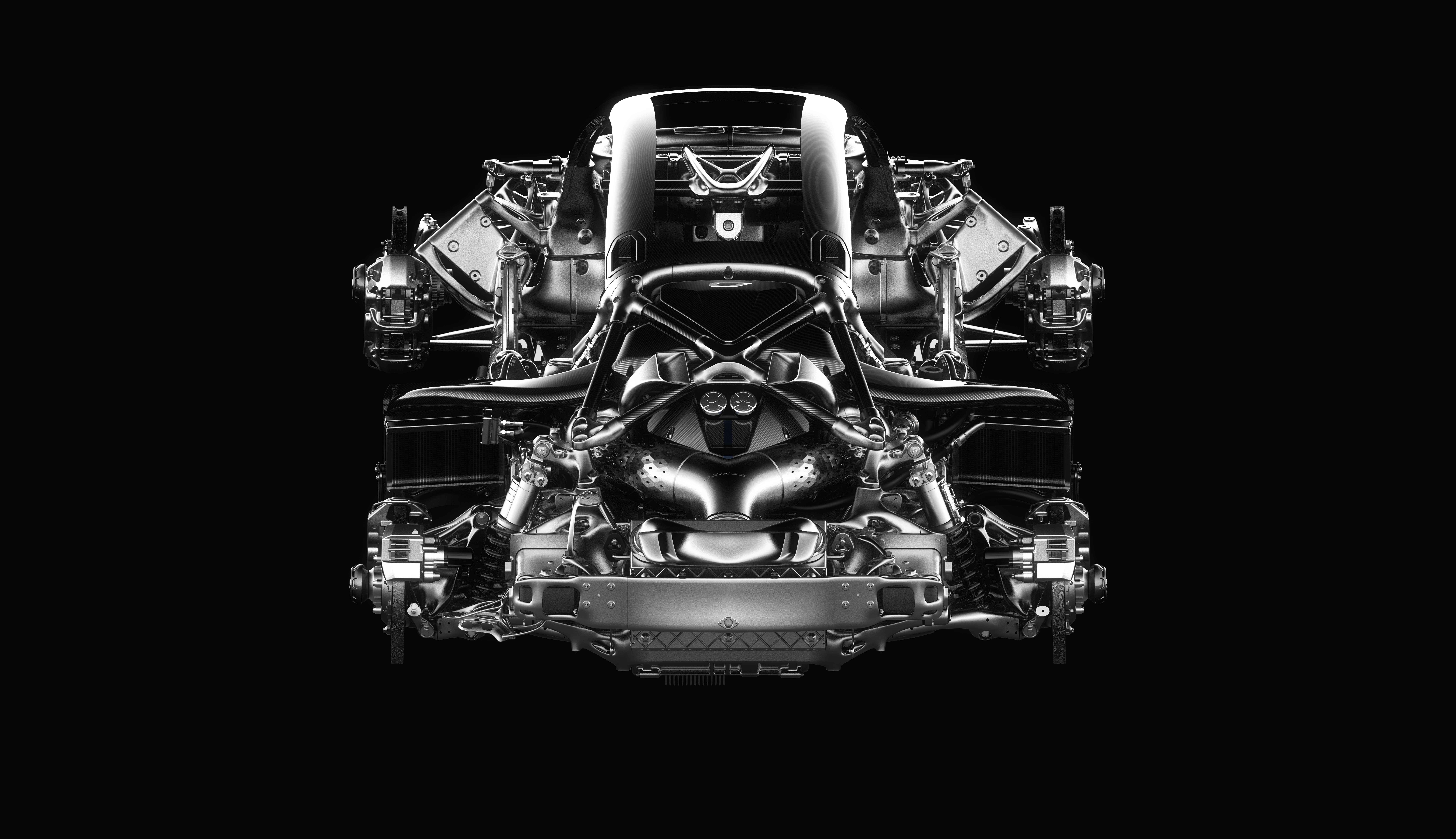
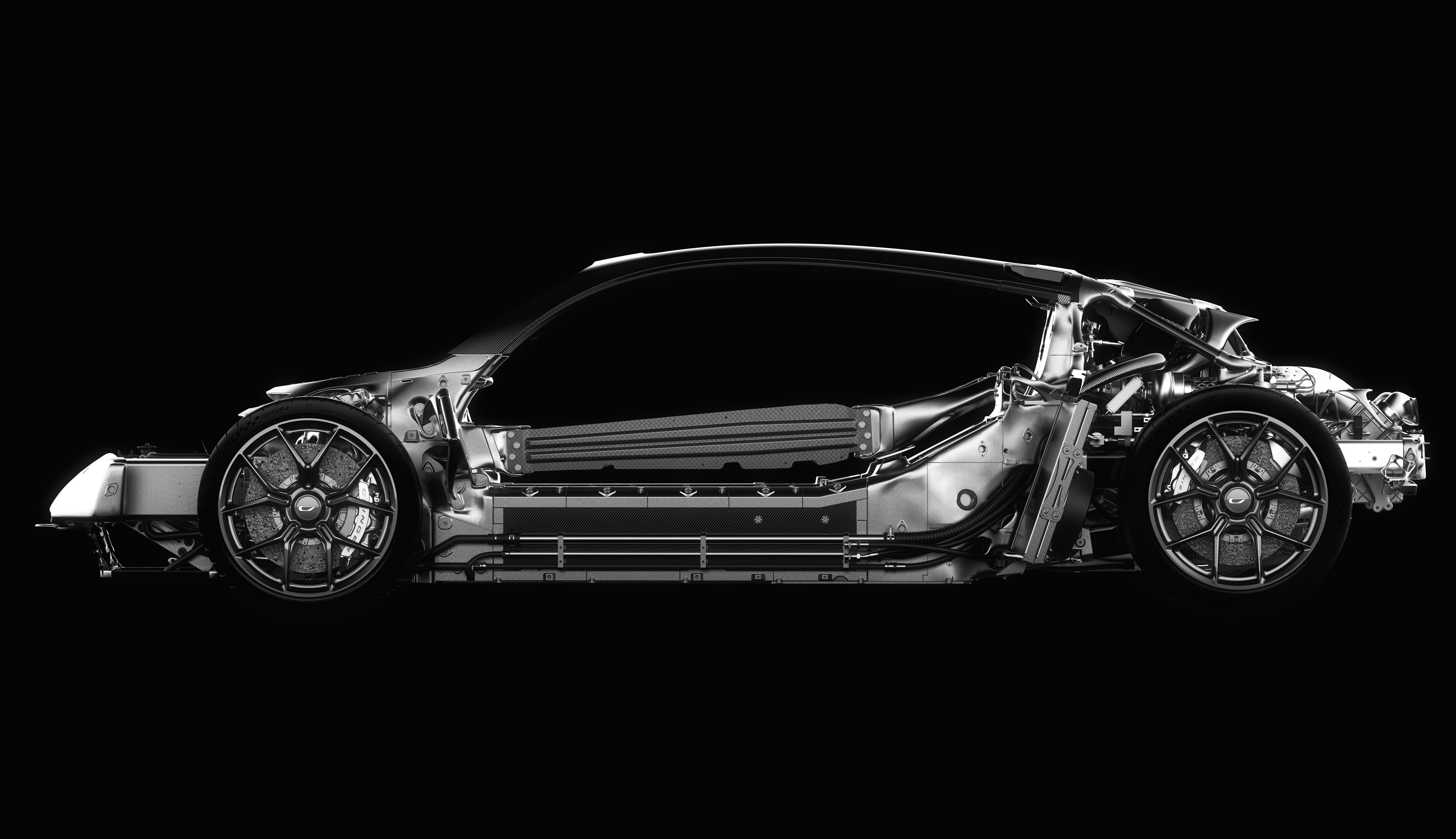

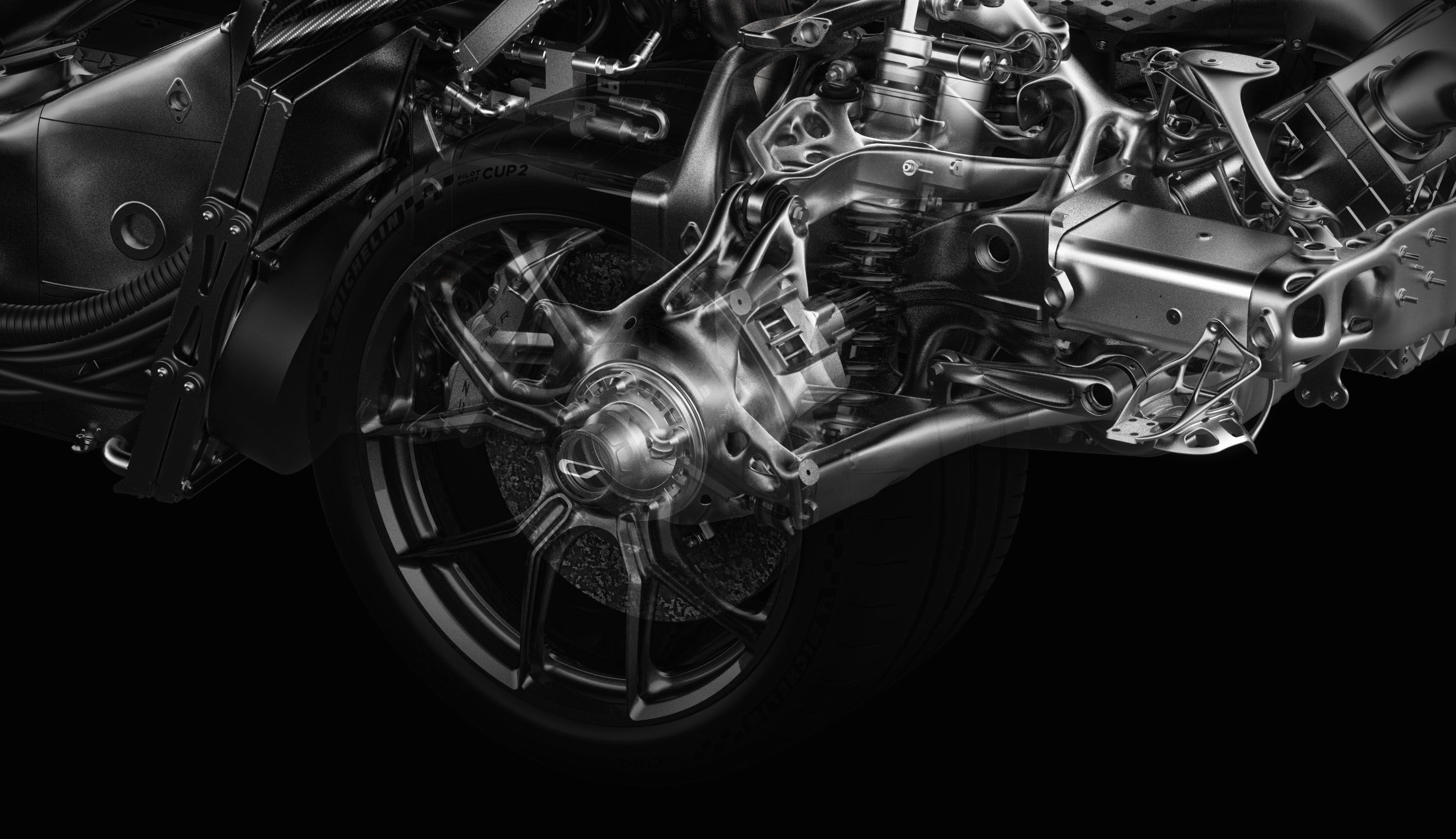
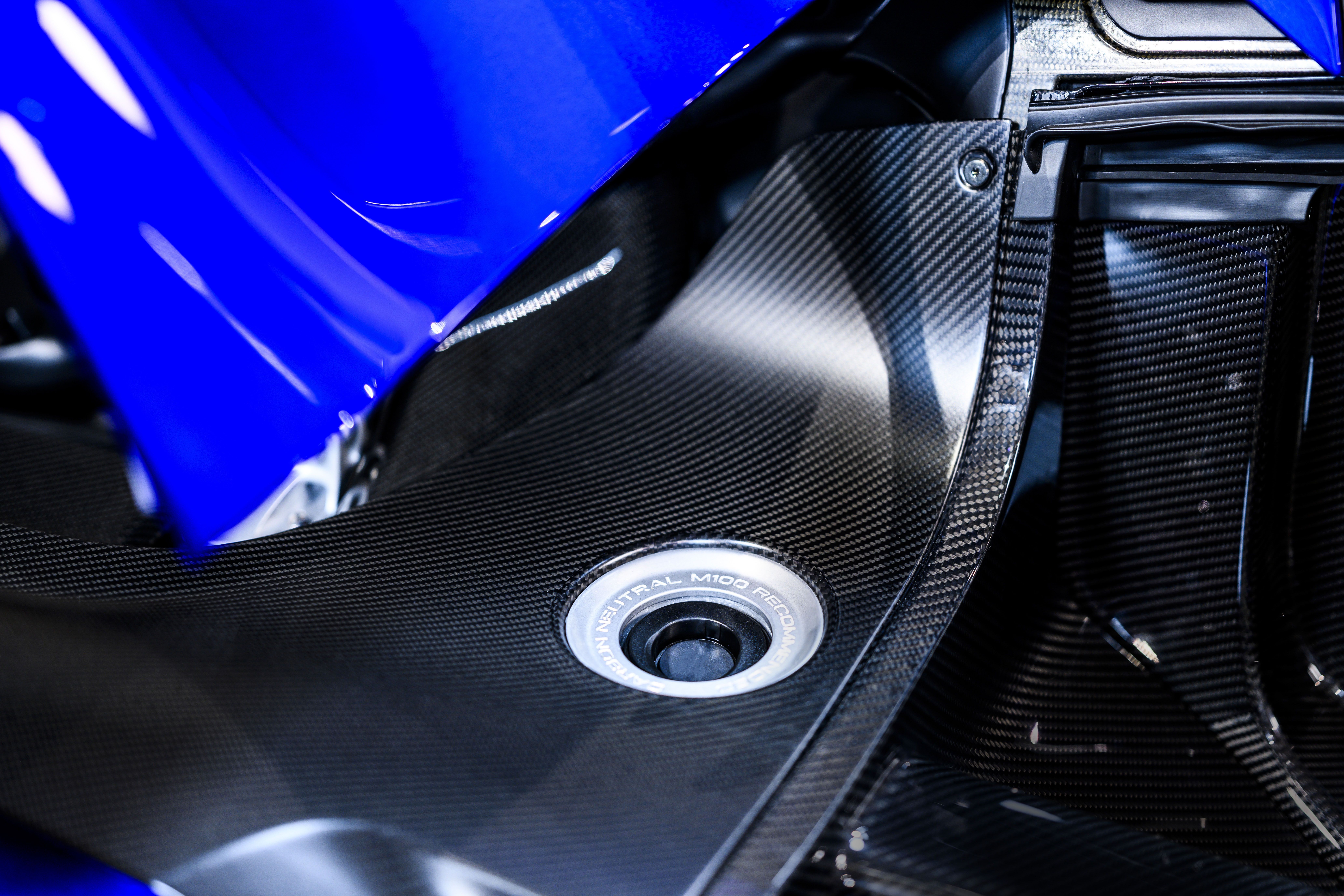

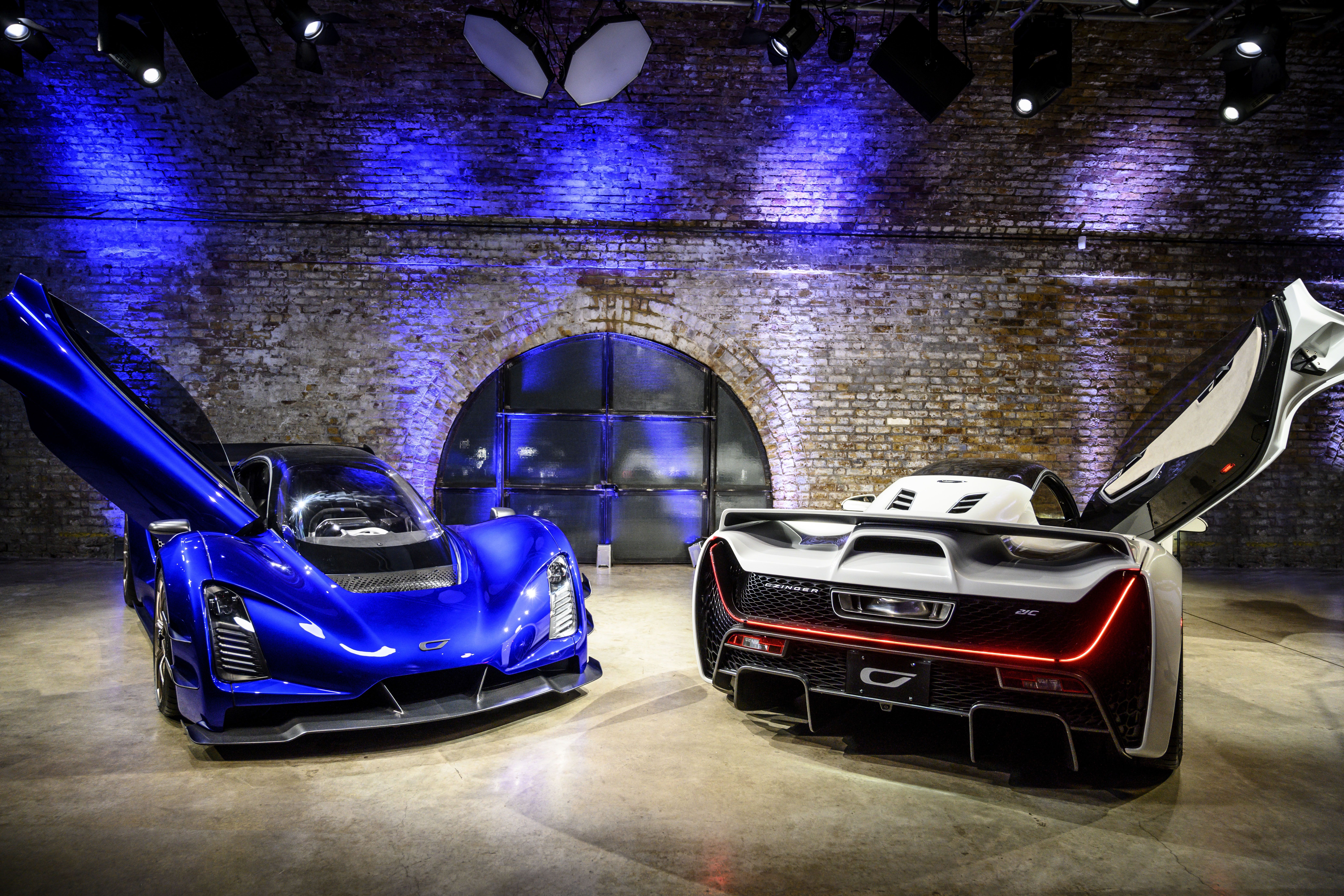
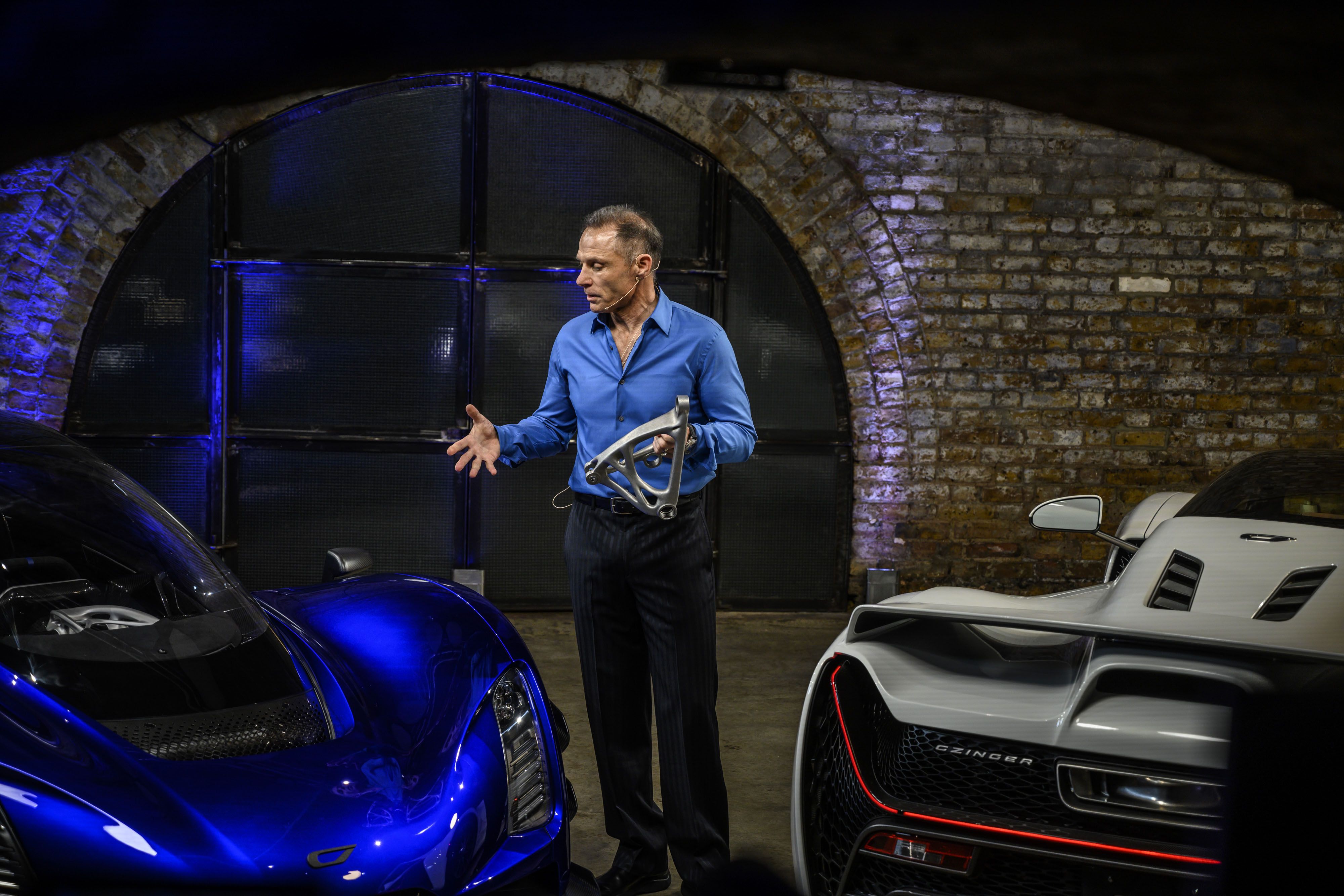
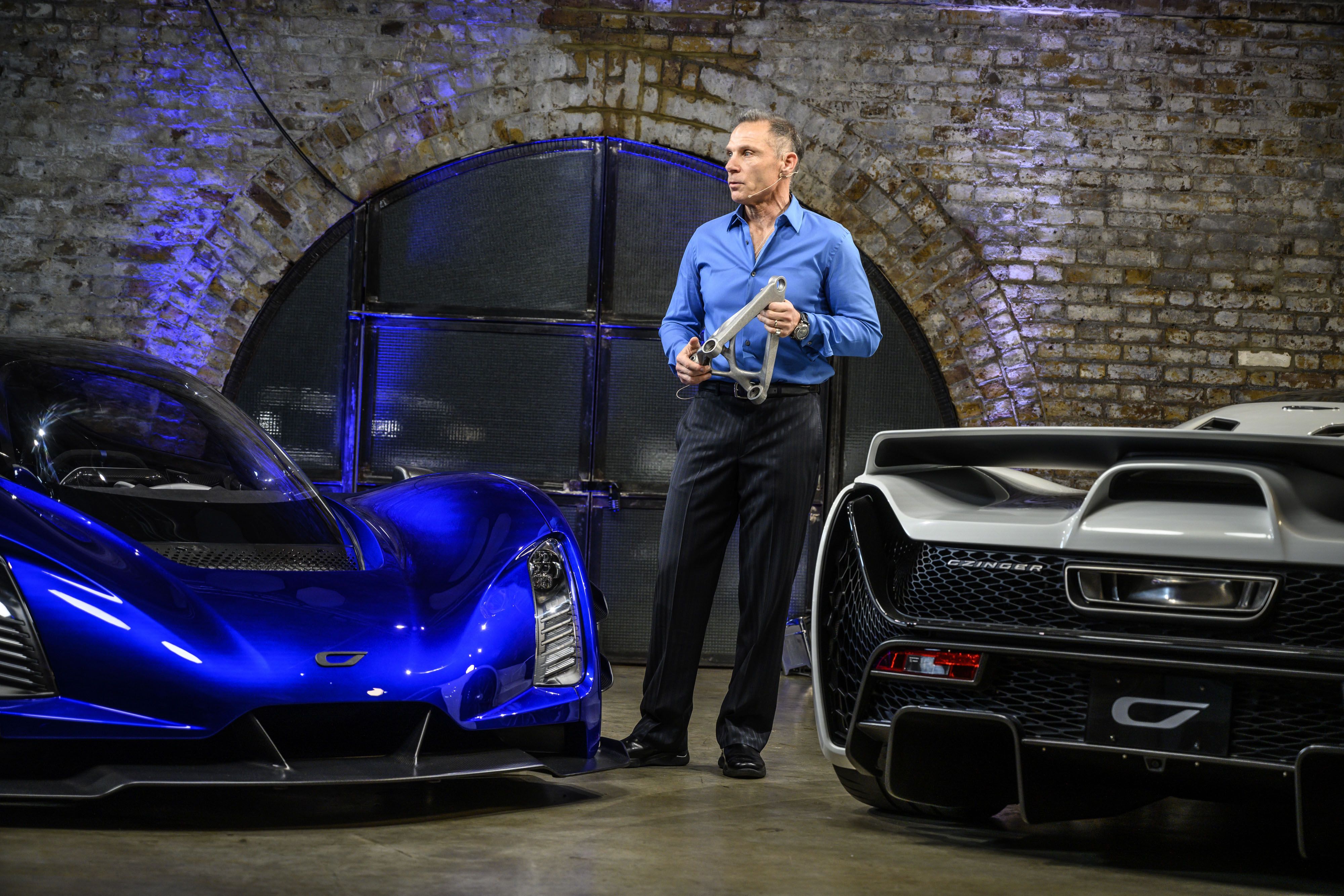
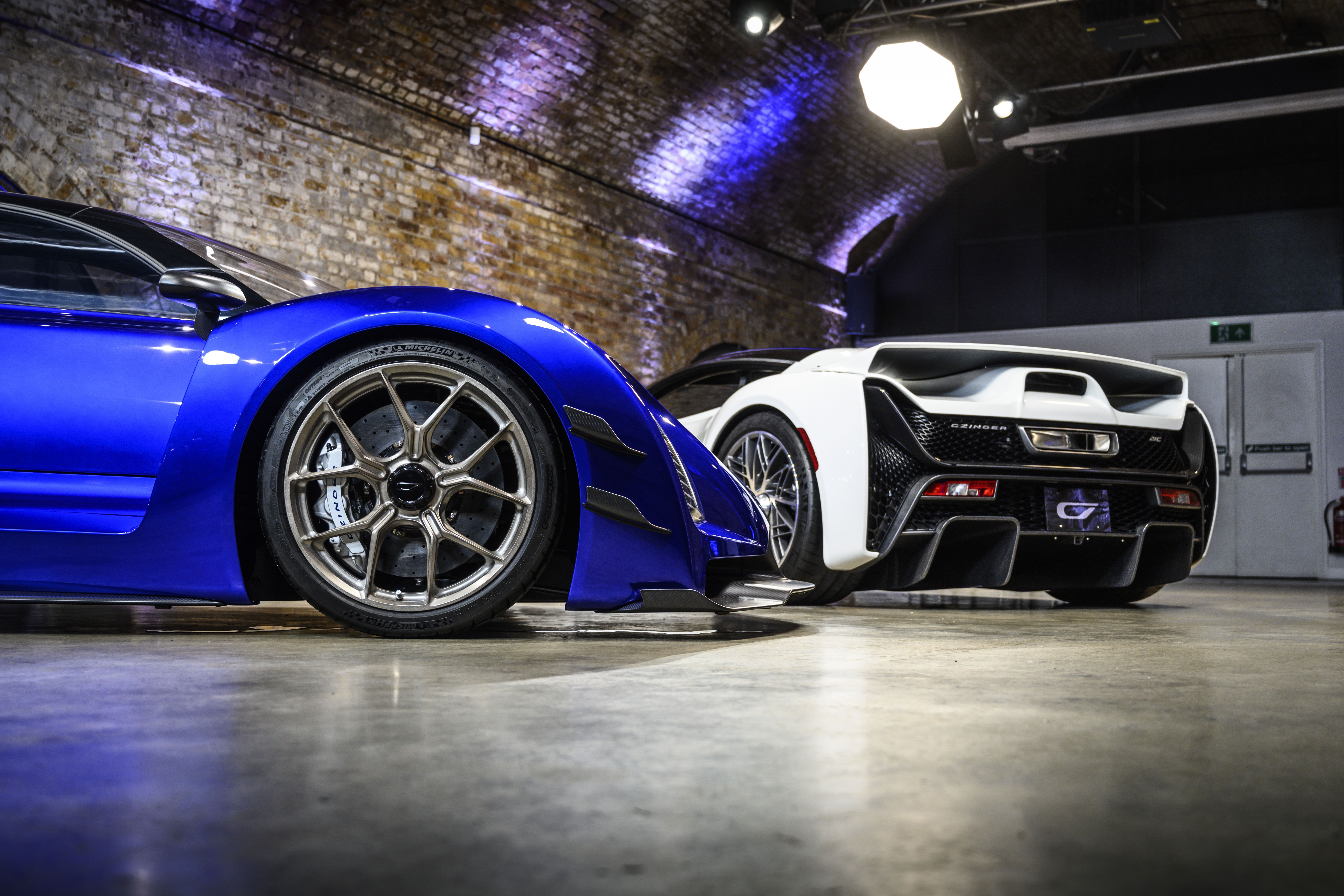
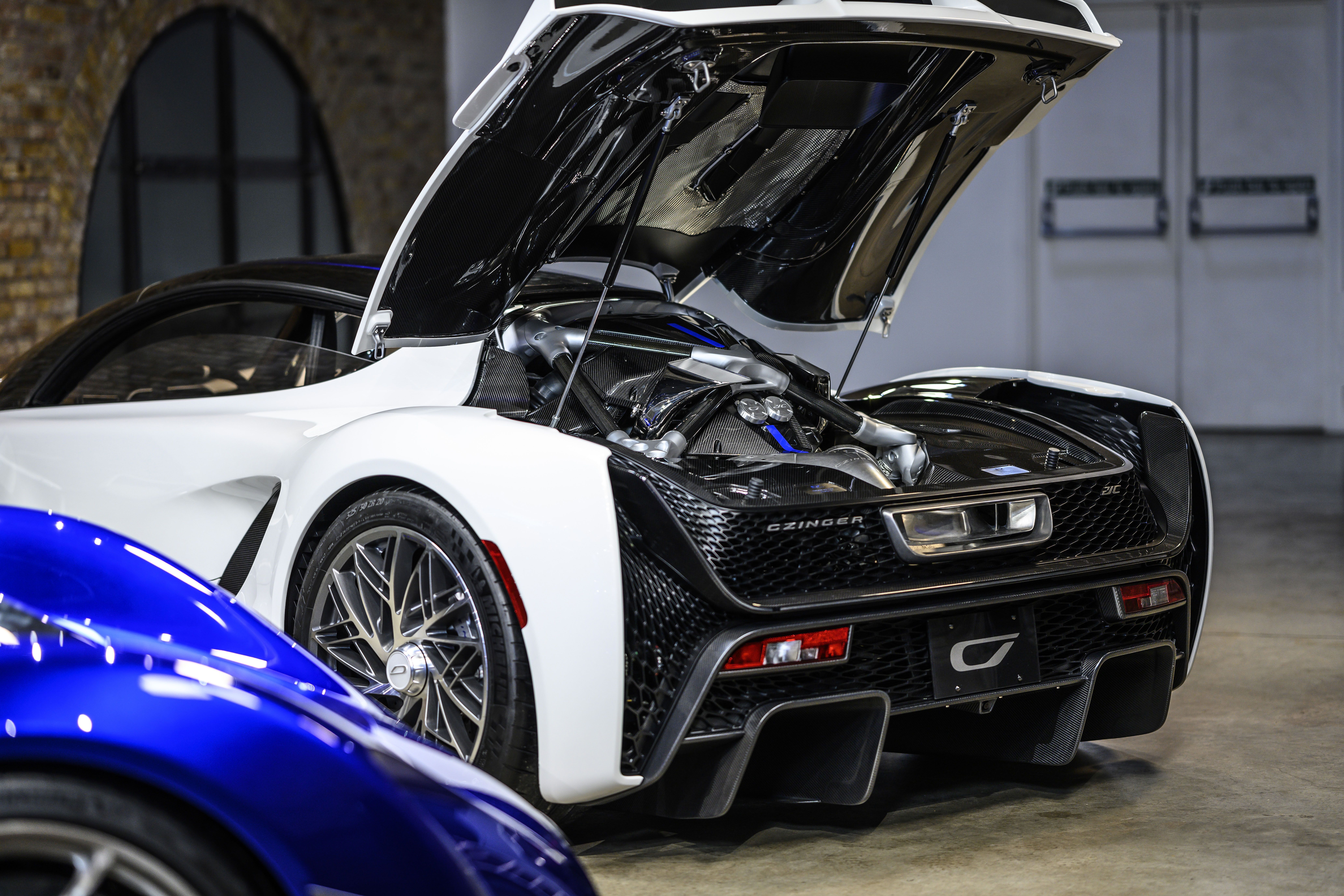
- Make: Array
- Model: 2021 Czinger 21C
- Engine/Motor: V8
- Horsepower: 1233
- [do not use] Vehicle Model: Array
Now, before we get straight to the point, a little context is needed. Czinger isn’t building the 21C by abiding to the regular car manufacturing practices. In fact, the way Czinger builds the 21C hypercar might turn out to be a future blueprint for other carmakers as well. Because besides 3D printing, Czinger came up with its own robotics system that doesn’t rely on tooling.
In essence, because the 21C’s chassis is designed and built using generative software, 3D printing and robot assembly, the team of engineers can alter things on the go, as Wired reports, without sending costs through the roof or postponing deadlines, which in turn could generate even more financial losses.
That said, let’s take a closer look at the 21C.
Exterior

A lot of the 21C is 3D printed. In fact, the chassis is brought to life using this sort of technology, applied to aluminum or titanium and mixed with materials such as carbon fiber. The result makes components such as the suspension look like something Mother Nature created, thanks to a very organic appearance.
They almost look like they were planted in the ground, from where they simply grew like a plant would. One upside of this solution is the modularity it gives to the car. Meaning, in the event of a crash, you could just remove the damaged sections, replace them with new ones, and voila, the car would be as good as new.

Moving on to more visible aspects of the car, you should know that the 1+1 layout, typically seen in fighter jets, where the copilot sits behind the pilot, came to be for a simple reason: Kevin Czinger is a big fan of biking and motorbikes. So he believes the sitting in that central driving position is optimal for, well… driving.
Otherwise, the 21C looks just like a hypercar of its caliber should look – wide, low, fitted with aero-boosting elements, big wheels, and looks to die for. Oh, and the final exhaust is set up in such a way (through special exit vanes) that it sends gases out (and flames, sometimes) in an X pattern. If that’s not cool, we don’t know what is.
Interior

On the inside, the Czinger 21C is very jet fighter-y. Open the thick yet lightweight driver-side door – by the way, it opens curb-side but can be configured to open in various ways, too, depending on the market – and you’re sliding behind a cockpit-like space, with just the steering wheel and some screens in front of you. And that’s it. No dashboard, no center console, no transmission tunnel.
Or, if you opt to sit in the back, be prepared to spread your legs a little bit and place them on the sides of the front seat. Then, you’re one hug away from the driver, so you basically sit like you would on a motorcycle.
Drivetrain

The Czinger 21C benefits from a ‘super-efficient’ 2.88-liter, flat-crank, 80-degree V-8 developed in-house by Czinger. It sends power to the rear wheels. Two twin turbos are located in the vee created by the cylinder banks and as if a 950-horsepower V-8 wasn’t enough grunt-wise, there are two electric motors (or advanced axial flux motors as Czinger calls them) spinning the front wheels (one motor for each wheel) with torque vectoring – so overall output is 1233 horsepower.
Oh, and each motor gets its own battery in the form of a small, 1-kWh pack hidden in the door sills. So the 21C is an all-wheel-driven hypercar, one that can reach a top speed of 268 mph.

A seven-speed automated manual gearbox mates to the mid-mounted V-8 (which, by the way, redlines at 11,000 rpm) and Czinger says the overall power output is 1233 horsepower for a dry weight of just 2645 pounds (less than 1200 kilos). Czinger will also offer a track-ready version of the 21C, with a top speed of 220 mph. This one is said to develop up to 1742 pounds of downforce as opposed to the street version’s 551 pounds of downforce.
Final Thoughts

Each Czinger 21C scheduled for production will start at $1.7 million. However, the company says that its hypercar will be highly customizable, which tells us that the final price for each unit might easily go above $2 million. Other than the spicy price tag and mad performance figures, the 21C might change how cars are made in the future. If Czinger’s innovative production approach will prove fruitful, it won’t be long before other carmakers might become interested in having their cars designed and built by computers, 3D printed, and assembled entirely by robots.

